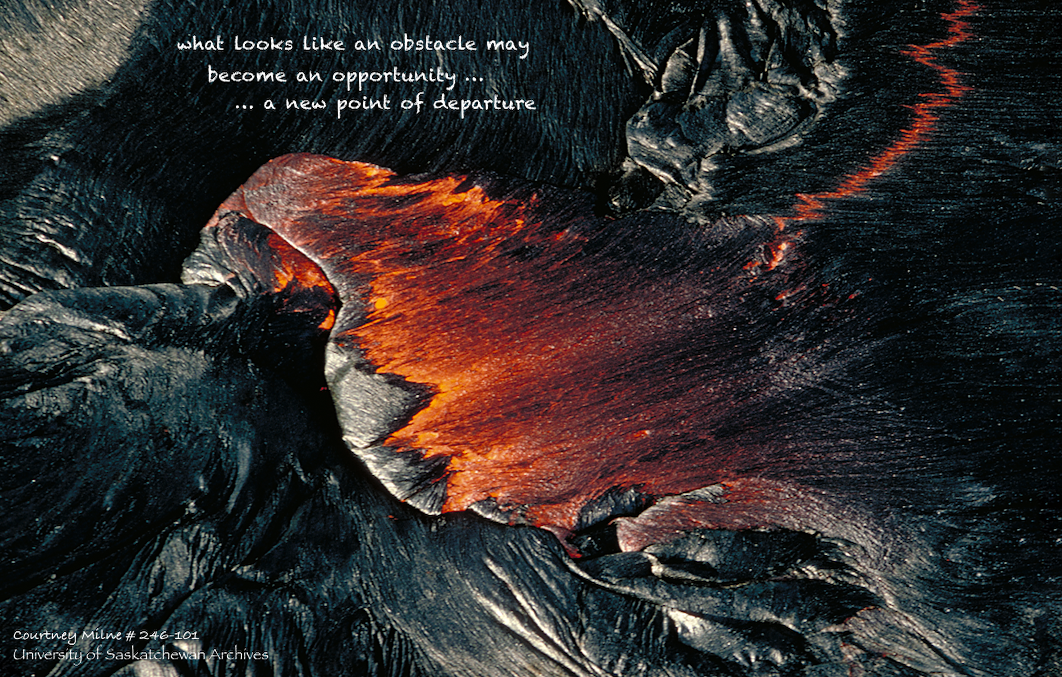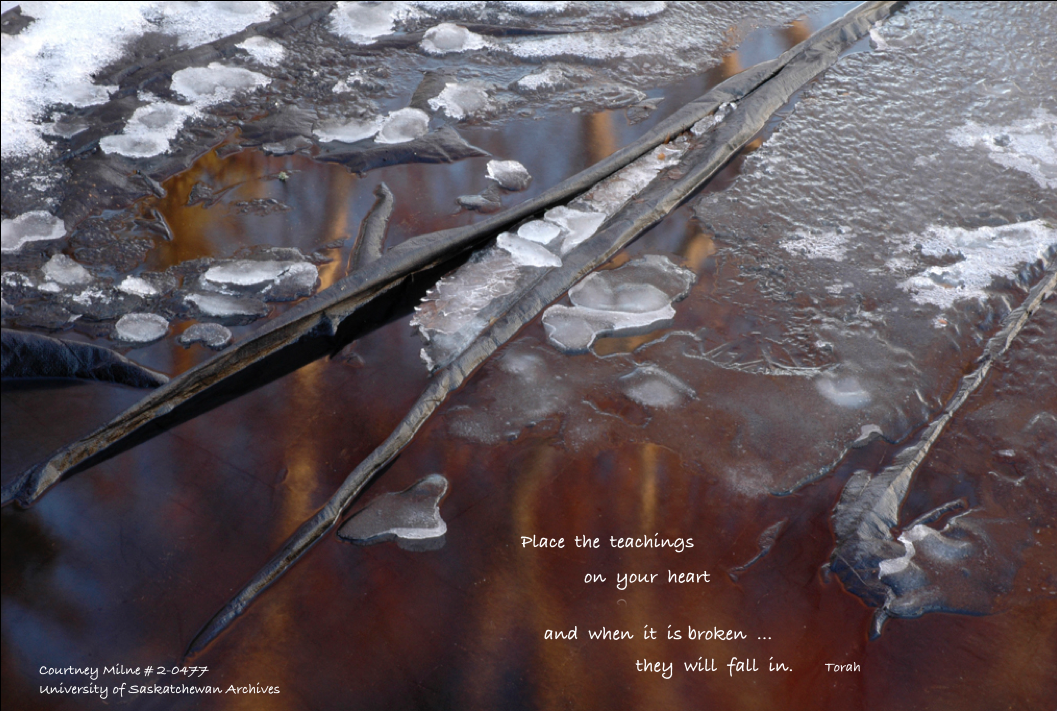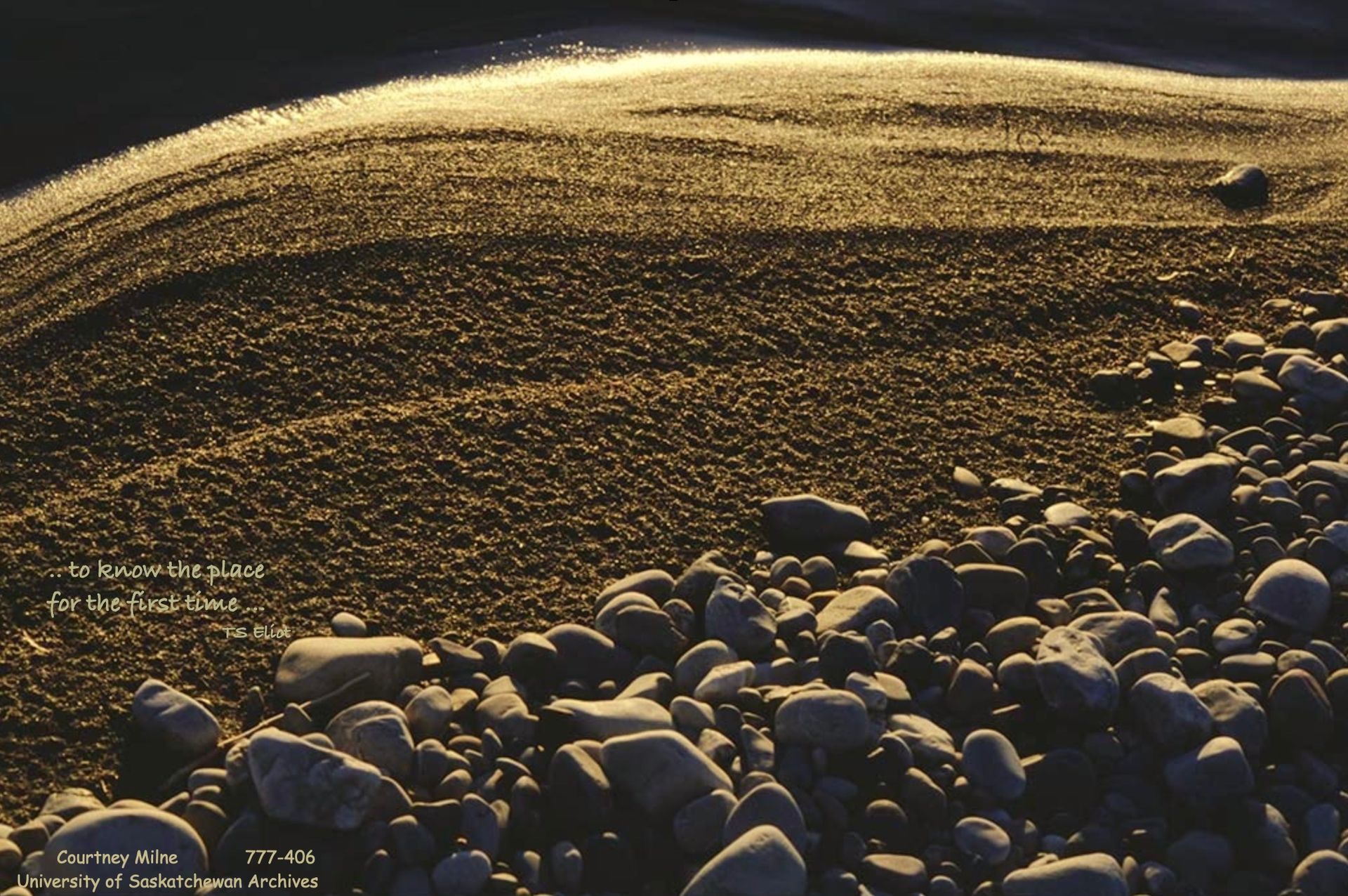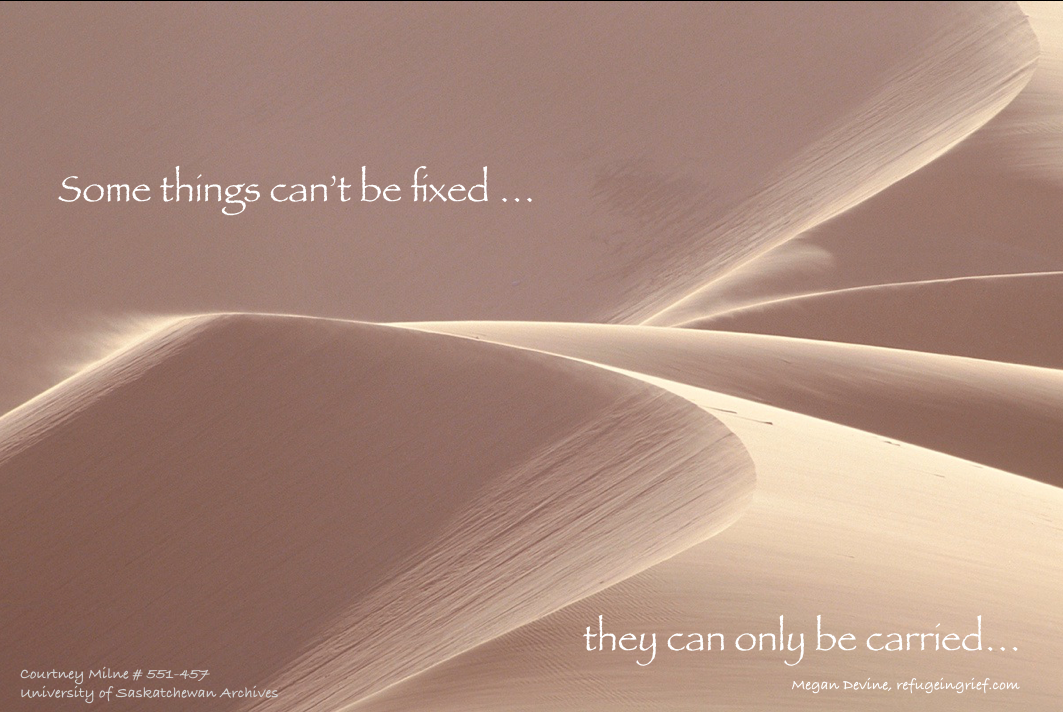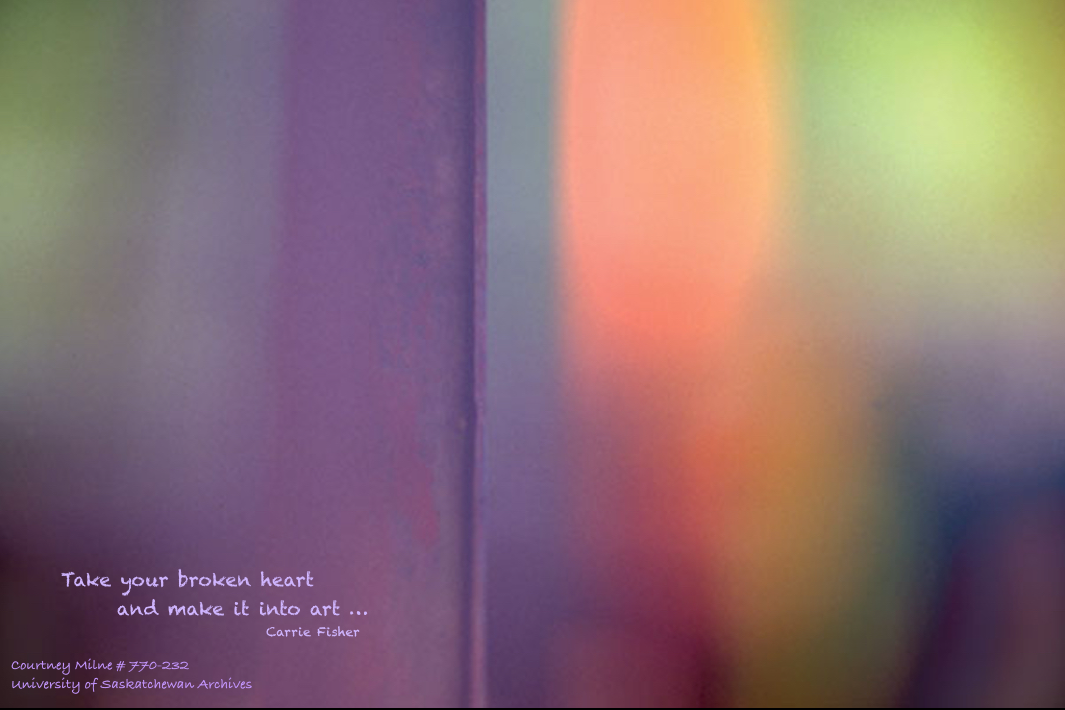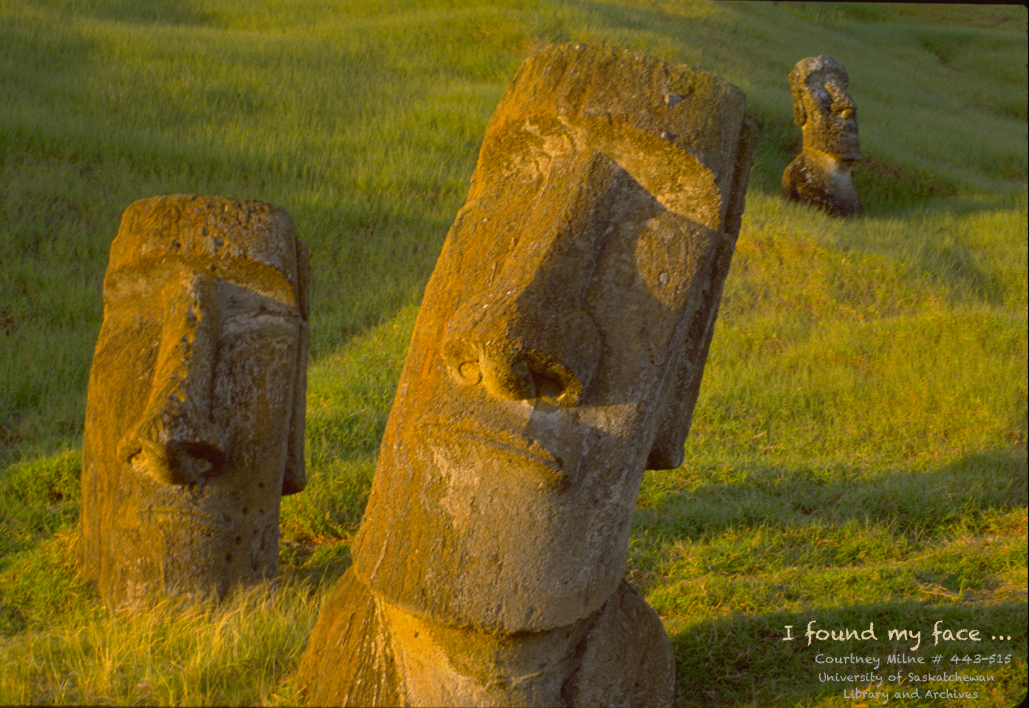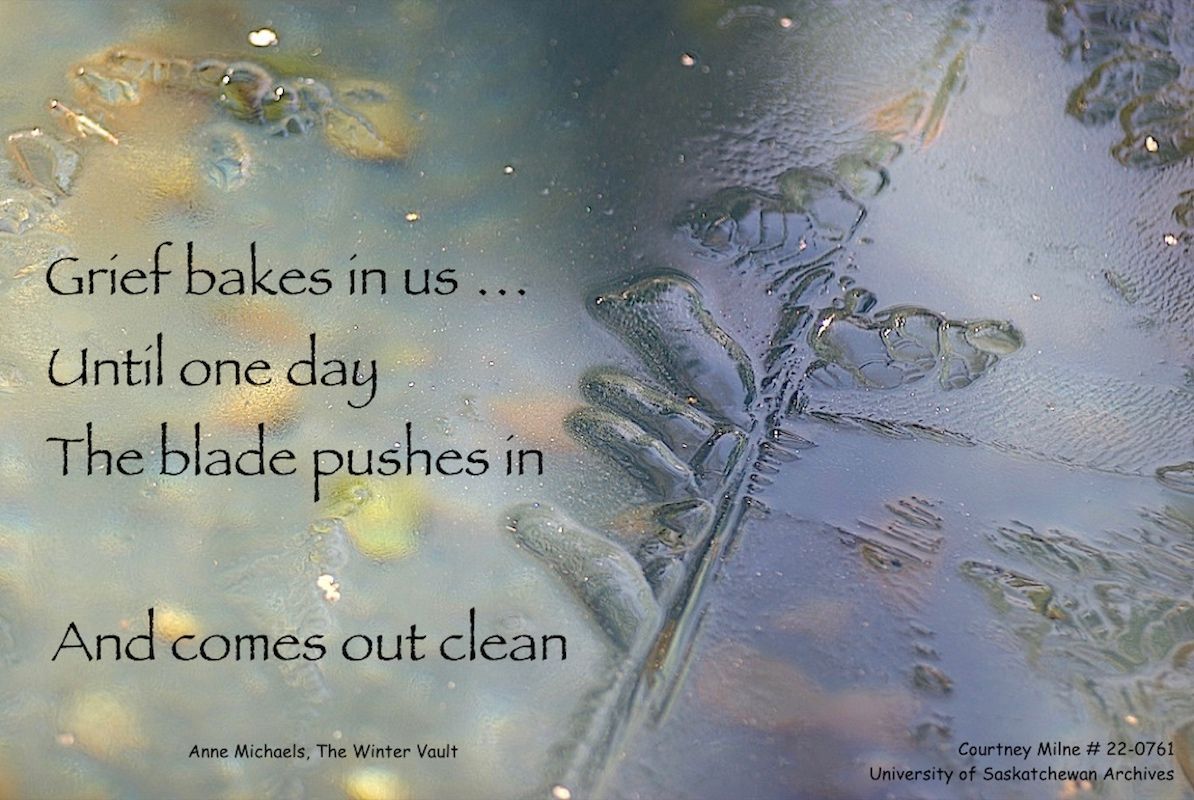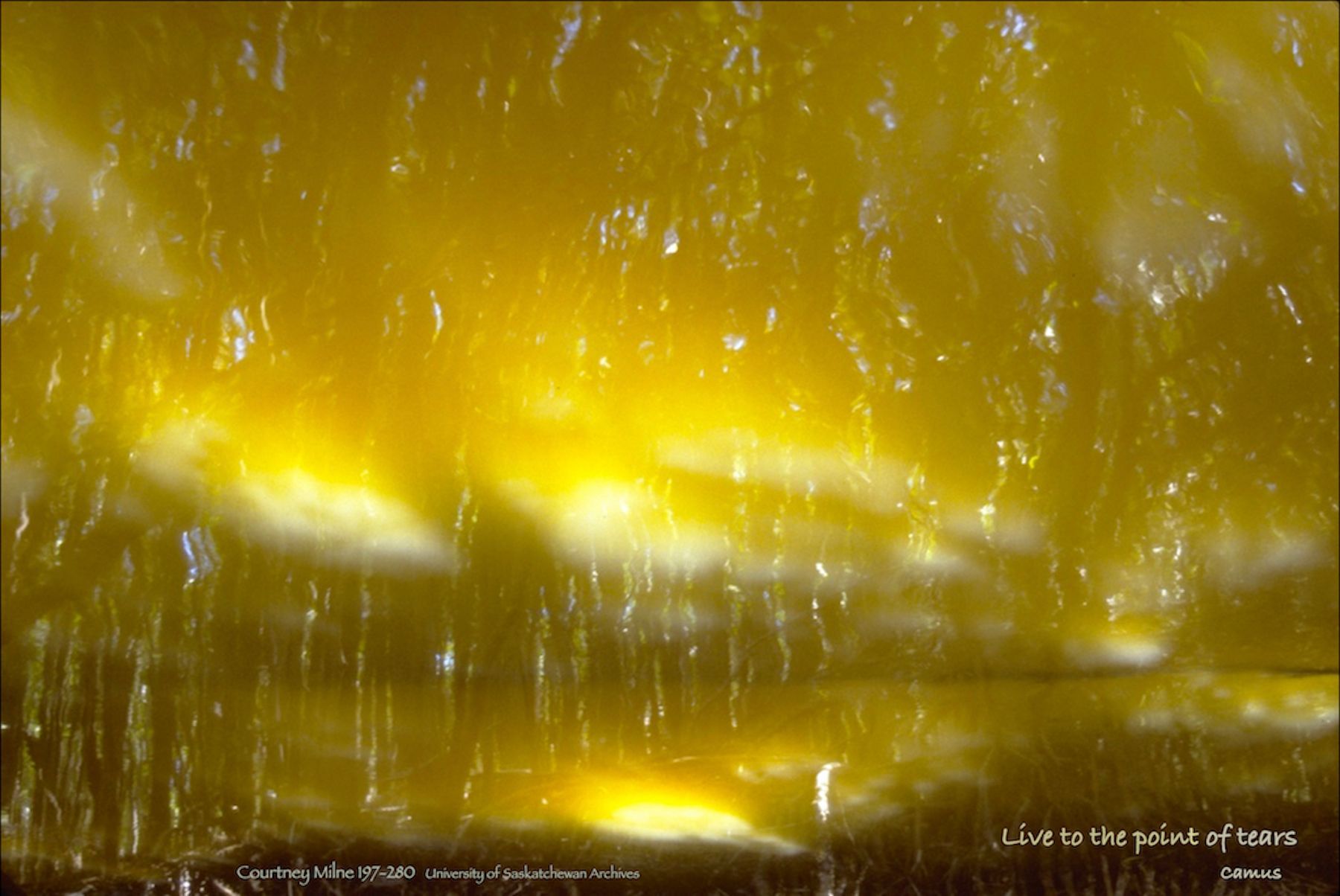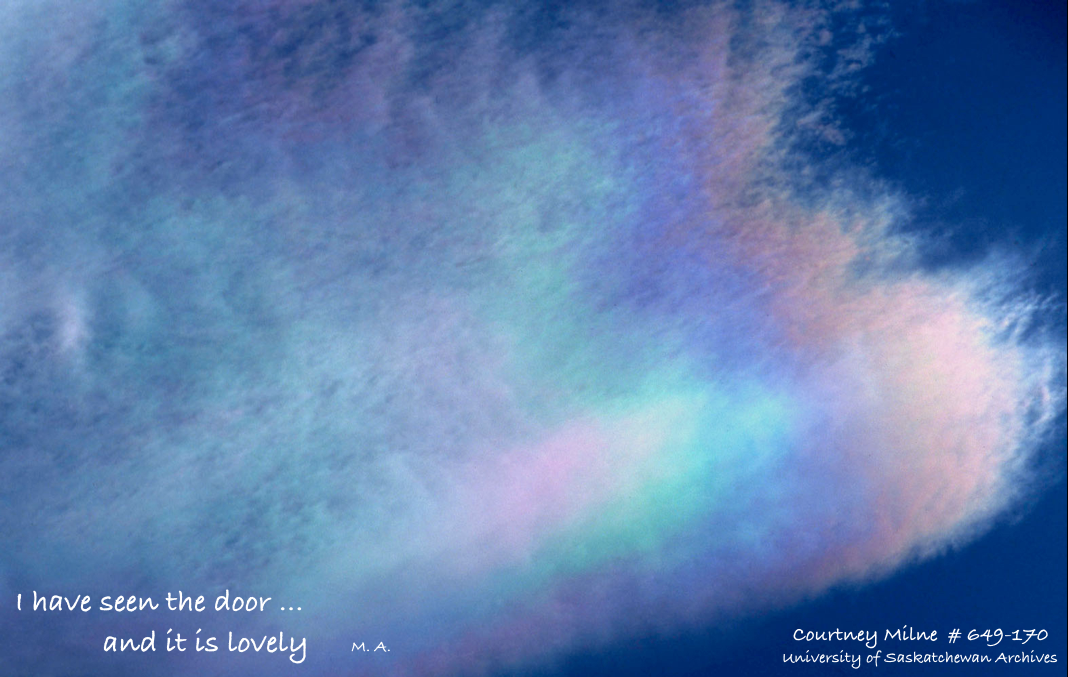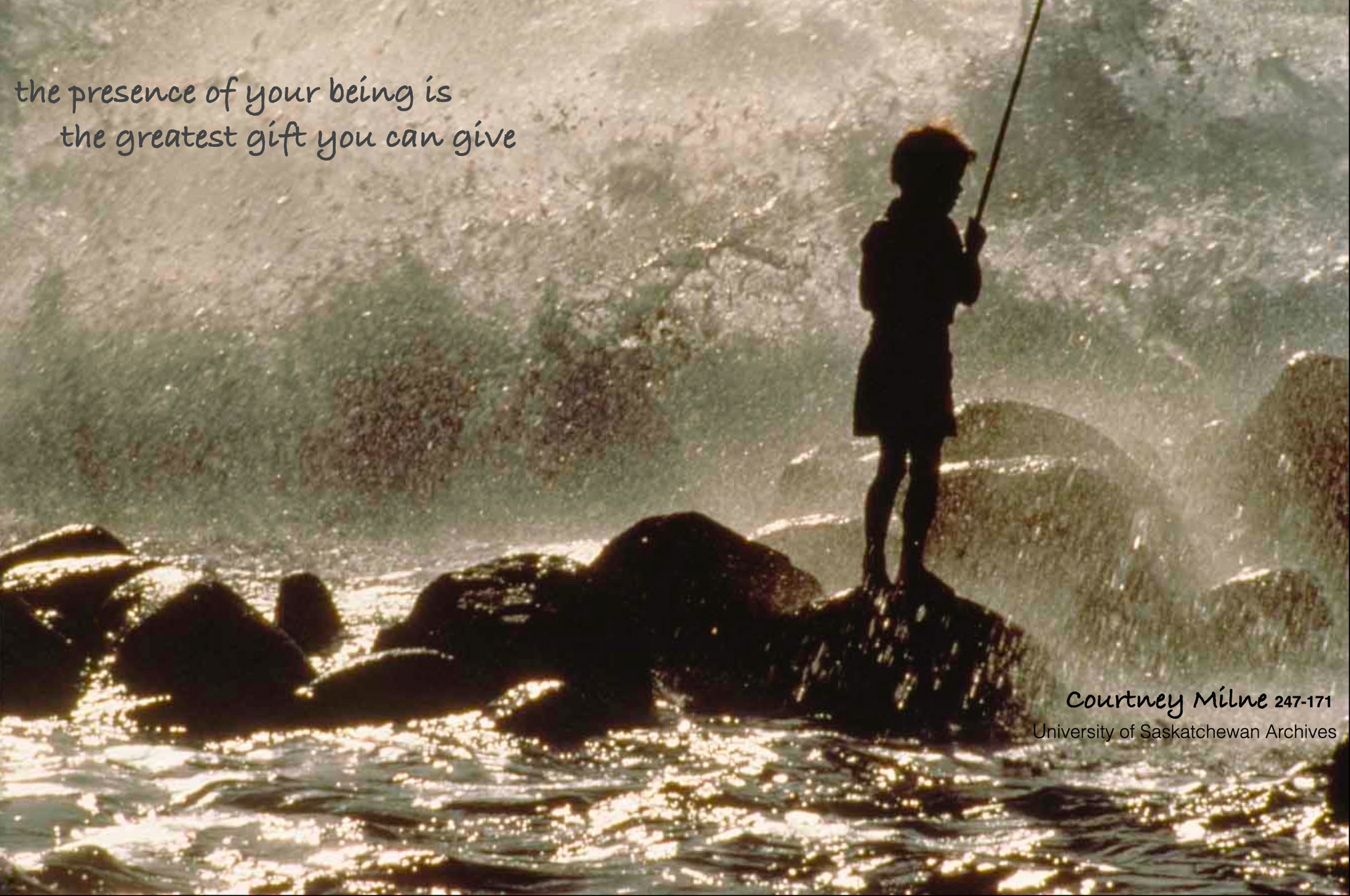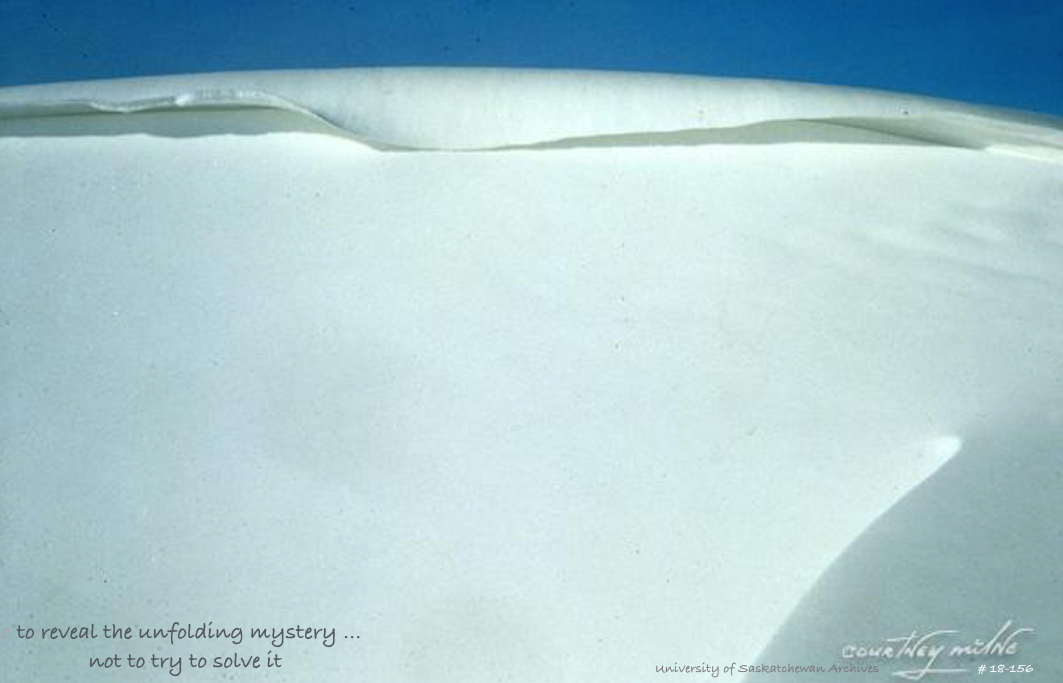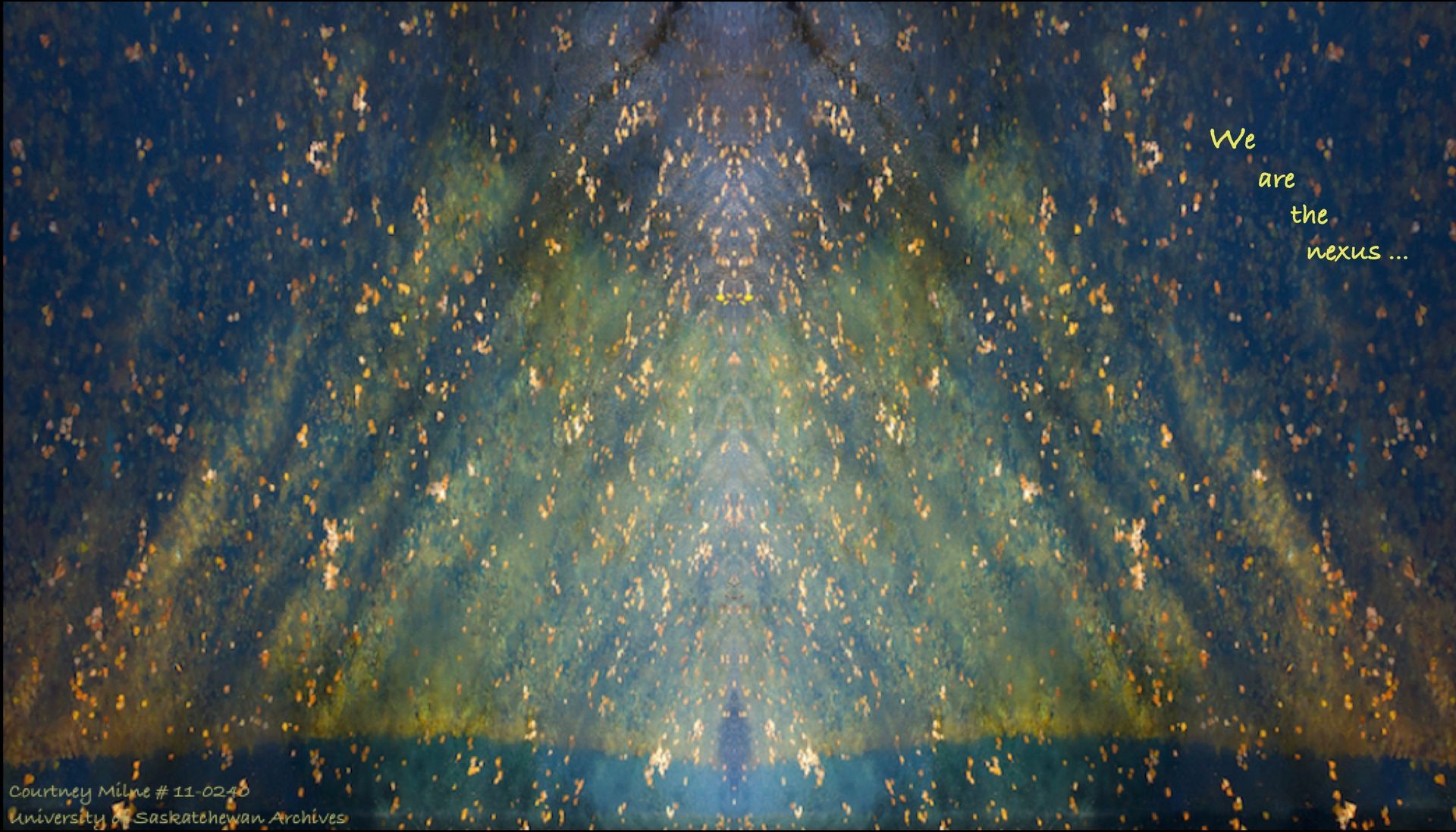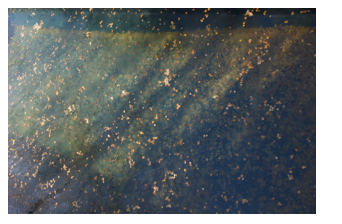New Paragraph
New Paragraph
Grace Notes
Gifts Along the Way
Grace Made Visible
These Grace Notes feel like gifts flowing from new angles and layers of awareness under the Landscapes of Consciousness umbrella. They emerged as Visual Echoes in the weaving of words with images ... as Walls That Talk with an expanding sense of rich interiority and wabi sabi mystique ... and in experiences of voicing with Sound and Cadence.
Like rivulets merging with the main stream, these three collections are echoes that might re-engage Marcel Proust’s suggestion that the real voyage of discovery is not in seeking new landscapes, but in having new eyes ~ adding another dimension to our awareness of how we can be in the world.
Grace notes in music are an elaboration or an adornment of the main musical theme. In a similar way I feel these Grace Note collections expand my ‘seeing’ umbrella. My niece,
Tobie, a professional musician of Renaissance music, told me that grace notes add ‘flavour‘ to music – like adding salt and pepper to enhance the taste of food. The grace notes written into these two bars of music (below) are played just before the main notes ... as a little ‘ta da’ opening the theme ... perhaps my Grace Notes will have a similar effect.
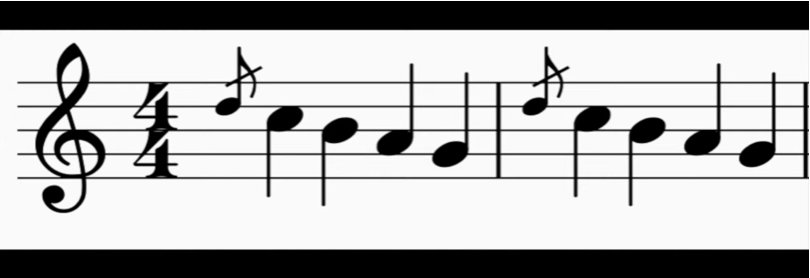
Grace notes as a musical embellishment also add a sense of playfulness. My Grace Notes portfolios are different, but complementary, evoking a similar sense of enchantment but in different ways. Visual Echoes layer image and word together, stacked to create a new compounded impact ... while Walls That Talk are portrayals of the thinnest essence, whispering to me in the simplicity of texture, shape and colour that creates a new ‘aha.’ Sound and Cadence portray my own inner landscape in a musical experience, and as a metaphor. Each creates a personal response at a different level, revealing yet another nuanced aspect of myself.
I also call these creations ‘grace notes’ because they feel like how I perceive the gift of grace ... unannounced but deeply felt ... something new suddenly easing into the cadence of my life, full of whimsy and wonder. Many of these creations came to me ‘out of the blue’ – in that space of reverie that often brings an unexpected insight and knowingness.
As I pondered my feelings about grace notes, I then started to think more about the meaning of ‘grace’ itself, delving deeper into what it stands for. From a spiritual perspective, grace is seen as a force coming to us from outside human consciousness – an unexpected gift bestowed with the goodness and purity of the Divine. As we open to receive such grace, it can provide a sense of that ever-elusive mystery flowing through us.
I thought the photo in the header above, of peaks of snow framed in golden sunset light, was a beautiful portrayal of the sanctity and innocent simplicity of such a gift of grace ... and I laughed out loud when I discovered that Courtney named it Grace, designating it as February 22 on his Pool of Possibilities e-Calendar. My joyful response is a good example of this Visual Echo that I created several years ago, coming full circle with an invitation to ‘risk delight.’

A further understanding of the word ‘grace’ comes from the Latin root, ‘gratia’, defined variously as harmony ... or an honour, dignity or distinction to a special person ... or an ease and elegance of movement. Grace also holds dimensions of charity and love – as in blessing one’s food before eating, we can receive a reciprocal feeling of spiritual benevolence. Many people have an experience of grace and benediction when they are immersed in the primordial power of nature, wrapped in the wordless wonder of awe.
Visual Echoes
Visual Echoes are a marriage of images and words – sometimes the words come first, when I am so struck by a phrase that I immediately know I need to combine those words with one of Courtney’s images to enhance the impact I feel.
David Whyte’s poetic words prompted one of my first creations: You walk both alone, and completely accompanied in friendship, by every corner of Creation crying Hallelujah ... this Visual Echo has bought solace and hope to many people struggling with loss.
The reader has encountered this spectacular image in
Portal 1
... how does it impact you here, with the added text?
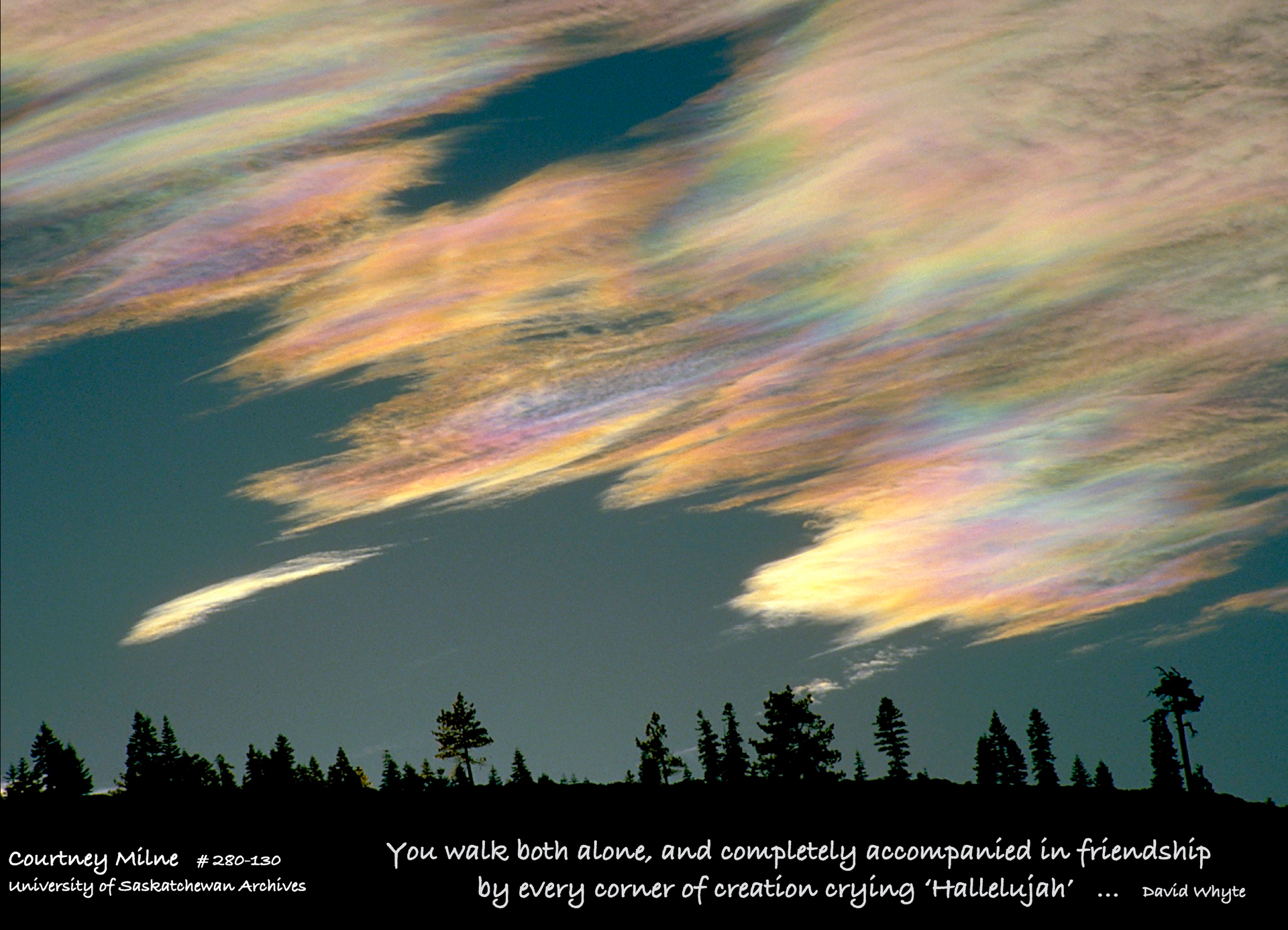
David Whyte was also responsible for introducing me to Antonio Machado’s famous line from his poem, ‘Traveler’:
There is no road ... you make your own path as you walk. The words immediately struck my heart, and I knew the truth of it would be perfectly reflected in this image of the Namib Desert:
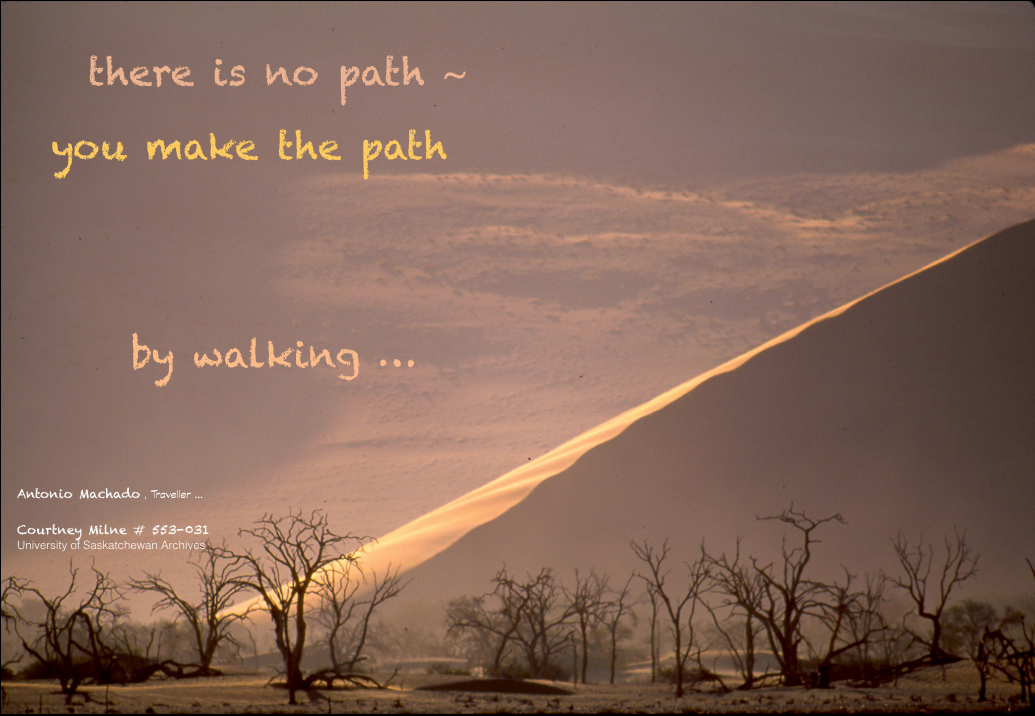
As I serendipitously started weaving these word-image tapestries, I realized they are a manifestation of what ARAS (ARAS.org) calls Ekphrasein: from the Greek, ‘to speak out,’ to ‘call by name.’ Jungian-oriented groups often adopt this as a practise to enhance symbolic imagination, having participants describe one artwork using another medium, thus allowing each form to illuminate and amplify the other – a common example would be writing poetry while viewing a painting. I discovered, in fact, that I had unknowingly been working with this concept for many years, with my Third Note story about my relationship with Courtney ... when you bring two people together, it can be likened to a chemical reaction, as their interaction creates a new compound that is different from the two original ingredients. Both can stand alone ... but together, a combination of those energies creates something new and enhanced, greater than and different from each on its own.
In each of these layerings of Visual Echoes, click on the image to enlarge it and enjoy a more impactful experience. Use the back arrow to return to this page where the images are side by side with my thoughts and musings, as well as the creative details about Courtney's original image.
I hope these layers of experience will open new vistas for you that deepen and enrich your
Landscape of Consciousness.
from obstacle to opportunity
Image #246-101 looks deep into the fire of the earth through a broken lava tube at Kilauea, Volcanoes National Park, Hawaii. Some people have been seen trying to outrun the flow of the fiery molten lava that within moments can melt the sole of a running shoe. (to enlarge, click on image — use back arrow to return to this page)
Beliefs and habits can keep us from seeing possibility, and leave us blind to the numinous – the hidden mystical secrets awaiting us through deeper inner vision. This is particularly relevant in our full-speed-ahead, type-A driven culture. We won’t see the magic unless we slow down, become silent, and hear the inner voice.
Sometimes it takes obstacles to thrust us onto that path. For me it took a mysterious fall resulting in a broken ankle, which prevented me from assisting Courtney in a major presentation. It felt like a disaster. But I discovered that weeks of immobility on the couch allowed me the luxury to commune through the window with a tiny Saw-whet owl … and to dream, envision, read, and awaken my muse.
Seeing my confinement as an “opportunity” opened a pathway that may never have appeared if I wasn’t halted by an unseen obstacle.
The archetypal red fire of transformation is at work here, literally putting our human ‘feet to the fire,’ just as the volcanic fire destroys whatever is in its path … but it also eventually cools and creates a new landscape.
there is no path ... you make the path by walking
Conventional wisdom tells us to ‘follow the path’ … to look to the achievements of others to show the way. The experience of others may inspire us, but poet Antonio Machado reminds us that we need to find our own unique and individual way of being in the world – to carve our own pathway, using our own intuition and secret knowingness that will enhance and expand our highly personal understanding of life.
This suggests that other octaves of wisdom are available to us by feeling into our own aspiration, and inspiration … and discernment along the way.
Image: #553-031.1 Namib Desert dune # 14 at sunrise … with memories of waking to the cold desert air at 0330, emerging from our tent to drive from the campsite to the dunes before the sun rose at 5am. There, Courtney used a 500mm lens to catch the first golden light kissing the slopes, before being penetrated by the intense heat of the day. (to enlarge, click on image — use back arrow to return to this page)
place the teachings on your heart, and when it is broken
... they will fall in
I was profoundly moved by this commentary from the Torah, especially as it was quoted to me by a man who was dying. He said it gave him great sustenance and peace, knowing he was doing his spiritual work, while feeling his heart open each time he shared his deepest yearnings. It was a reminder for me that the foundation of life is really our heart -- the electromagnetic field of the heart extends not only throughout the body but many meters into the world around us. It holds our deepest unspoken essence, conveying the power and magnanimity of our soul.
Image from the Pool #2-0577:
An elegant portrayal of the delicacy of surfaces and edges … how they contain and hold … the melting ice revealing the top layer with the watery depths giving a hint of golden treasure, a luminescent glow from within. The vertical copper layers are almost organic, reminiscent of the fibrous muscle of the heart. (to enlarge, click on image — use back arrow to return to this page)
to know the place for the first time
This feels like such a primordial place ...
vestiges of the original creation ... a liminal landscape.
The stillness and purity quietly seduce me into T.S. Eliot’s Four Quartets:
We shall not cease from exploration
And the end of all our exploring
Will be to arrive where we started
And know the place for the first time,
Through the unknown, remembered gate
When the last of earth left to discover
Is that which was the beginning ….
Image #777-406: the interface of water, backlit sand and stone along the Bonnet Plume River was captured on the 2003 journey sponsored by Canadian Parks and Wilderness, to celebrate the wild places of the Three Rivers Boreal initiative. This gathering of artists, writers and scientists were invited to witness and record the landscape in collaboration with Indigenous caretakers. (to enlarge, click on image — use back arrow to return to this page)
some things can't be fixed ... they can only be carried
The image: #551-457 is one portrait of the miles-long series of naked sand dunes at Namib Nauklift Park in Namibia, SW Africa. The sand dunes are sculpted by wind, seared by sun and framed by light. There is a primordial feeling here, the majesty, simplicity and immensity of other-worldly magnificence etched by human awe.
(to enlarge, click on image — use back arrow to return to this page)
It often feels we are in a culture where everything is a problem that needs to be fixed … we yearn to maintain order the way things ‘always’ were, or ‘should’ be … as if life were in our control.
Change, however, frequently intervenes, and sometimes we are thrown into the abyss of major loss that cannot be fixed, or returned to ‘normal’. At those times we are just called to be present, as we all learn to carry ourselves and each other into the new life being presented.
The Japanese art of Kintsugi is an example of the beauty that can come from retrieving what is broken and re-pairing it … using gold to bring the pieces of life back together … stronger and more beautiful than they were before.
The sensuous curves of this image reflect the clarity that comes from the stillness of grief … there is nothing to do but embody it and let it move through, very slowly and with deep intention. It will happen in its own time – the sacred Kairos time that is ruled by the soul.
risk delight
When is it OK to feel happy in life, especially while transitioning the pathway of grief and loss? The struggle can take months, or years, punctuated with glimmers of hope and brief moments of feeling oneself alive again. Eventually the occasional sense of ‘normal’ starts to emerge but it is often still difficult to believe one will ever feel joy again.
However, it is not only grief that precipitates this struggle. Many of us get stuck in negative thinking or disheartened by life situations that immobilize us. Cosmologist Brian Swimme encourages us to live with a deep zest for life – an echo of poet Jack Gilbert’s invitation [quoted by Elizabeth Gilbert in Big Magic) to ‘risk delight,’ to ‘accept our gladness’ and to bring forth the treasures hidden deep inside each of us.
In her song,
Yes to Life, Heather Bishop invites us to listen to the tender voice deep down in your heart … and say YES to it. I hear this as a summons to constantly reclaim and renew myself, and to
risk delight at every turn on that path.
Image #048-059: is a very early image in Courtney’s career, one of the Snowbank series. In early spring on the prairie the sun is warm enough to melt the top layer of snow, but then it re-freezes overnight. He told the story (Set Yourself a Drift) of using a macro lens with minimum distance that revealed these whimsical shapes in the newly frozen top crust. He called these images the Journey to the City of Light. Perhaps this is another metaphor for us humans to open to the warmth and serendipity of life, and to seek ways to stop ourselves from re-freezing … to look for what personal magic is hidden beneath our upper layer – the crustiness that we often show the world.
(to enlarge, click on image — use back arrow to return to this page)
a tabernacle of memory
Celtic priest and philosopher John O’Donohue blesses stone as a tabernacle of memory ... of the primal moment of the earth. This rosy portrait of stillness and wisdom inspired me to honor the ancient hooded rock as a poetic witness to creation.
stone ...
recording our legacy ...
hold intention -- not serendipity ...
tabernacle of reverie ... temple of memory ...
Guardian echoing the dream of ruins.
Image #521-304: is a mysterious granite monolith at the aptly named Enchanted Rock State Park in the heart of west-central Texas, USA. This ancient place exudes a fullness of memory. The interplay of light and shadow produces haunting colors and textures, creating a mystical ambience that local people recognize as a doorway to spirit, not unlike the monolithic Uluru (Ayers Rock) in central Australia.
(to enlarge, click on image — use back arrow to return to this page)
take your broken heart ... and make it into art
Where does all the love go? This question from Dr. Bob Baugher was a thoughtful and provocative alternative to the comments often made at a grief conference. It prompted people to consider their capacity to love, rather than getting stuck in the abyss of their loss. When you are sunk in anguish - so acutely aware of the fragility of life and your own mortality - it is a revelation to be able to hold the memories, the love, and the grief in a way that fosters a reconnection with the world -- to be able to feel again, to find a glimmer of vital energy, and to feel the emergence of hope.
In her whimsical book,
The School of Essential Ingredients, Erica Baumeister wisely states,
each person’s heart breaks in its own way, and each has a different cure. Turning all that energy -- all that love -- into redirecting your heart into life-giving places is a way of reclaiming yourself … of reinventing a life of creativity in whatever way that speaks to you, and opening new pathways to wisdom. Beauty, wonder, and awe can save your life … and open you to a world you never imagined could be possible.
Image #770-232: This image is a surprise. It is hard to believe there could be so much beauty in a rusted and dirty metal cover over the huge wheels of an abandoned tractor at Spring Valley Guest Ranch near Eastend, Saskatchewan, Canada. Courtney called this series of impressionistic images “Bliss in a Mudguard” – a whirling montage of color that feels like cosmic spaces from another constellation. Perhaps it might also give new meaning to a ‘fender bender.’ (to enlarge, click on image; use back arrow to return to this page)
I found my face
How many faces do we present to the world (and to ourselves) during our lifetime? Many traditions speak of the ‘ladder of selves’. As we experiment and find our way through various stages of life, we try on many masks and play different cultural roles. Hopefully at some point we discover our real essence - who we truly are at the core of our being.
When a friend said I found my face, this is what he meant … not the individual face associated with the roles of father / lawyer / husband / brother, but the totality of the face that fit the fullness of himself as a person and as a spiritual being, beyond his social identities. This realization came with a feeling of, finally, at age 65, being ‘at home,’ and comfortable in his own skin.
Image #443-515: The purpose and meaning of these Moai, the carved and ornamented heads and torsos uncovered in the landscape of Easter Island (Rapa Nui), continues to confound historians and archaeologists. Perhaps they are a perfect reflection of the conundrum of our contemporary life, and the mystery of what it takes for us to uncover our true nature and find which ‘face’ fits.
(to enlarge, click on image — use back arrow to return to this page)
grief bakes in us
This quote from Anne Michaels in her book, The Winter Vault, was an important insight in my grief process, offering understanding and hope … and indeed, 14 years later, I do not feel the blade … just a small scar to remind me to be compassionate (especially to myself) … to lean into the feelings that occasionally bubble up … to continue to relent – to soften into memories of richness and joy … a mellow glow in my life.
Relent is a verb, which requires an action: ‘re’ means ‘to do again’ … ‘lente’ can mean ‘to soften, be merciful, to give relief, be less severe’. We have the opportunity to do it again ... and again … and again through life.
Image #22-0761: the pool in winter repose, a soft glaze of subtle color over ice re-formed overnight, echoing the wisps of leaves and twigs embedded in a collage reminiscent of wisteria and orange blossoms, none of which are evident at this moment in the world above. Where does such painterly artistry come from? What hand created such an exquisite design to allow me to plant this wisdom?
(to enlarge, click on image — use back arrow to return to this page)
live to the point of tears
Living life to the maximum … close to self, following our feelings to the edge of emotion, to feel how things move us, to the point of tears that show us our essence. This wisdom of Camus is enhanced by poet David Whyte, who reminds us to use our courage to learn what we really care about … and allow our outer life to be realigned in that gravitational pull.
… we will then be rewarded with a deep sense of belonging to self … and the tears will flow.
Image #197-280: The indigenous people called this Pahayokee, "the grassy waters," while early Spanish explorers called it “lagoon of the holy Spirit,” while contemporary folks named it the Florida Everglades. Courtney floated in a canoe through the river channels as rain and humidity dripped down the camera lens, echoing those human tears, or perhaps of the Spirit of the golden light opening in the sky behind the watery veil. (to enlarge, click on image — use back arrow to return to this page)
hallelujah
David Whyte’s poetic comment is a reminder of the constancy of the sustenance offered by the natural world on all human levels -- nutritional, physical, emotional and spiritual. It seems when life feels most chaotic and disordered, these moments and memories of beauty thrust us into awe and wonder, a gesture of goodness … hope … and gratitude for the benevolent and bountiful earth beneath our feet, and all around us.
Image #280-130: sunrise over Mt Shasta California, 1987. Courtney often spoke of being ‘in awe’ while photographing, but this image of sunrise reflected on the clouds was so bright he did not have time to glory in it -- he later said (rather dramatically) that it was like Hollywood producer Cecil B. DeMille and God came together in an instant to create this moment of magnificence – it was so bright he knew he had only seconds to capture it, instinctively setting his manual camera to the fastest speed he dared, coupled with the smallest aperture and a long lens to capture the panoramic kaleidoscope of color - without being overexposed. The image won First Place in the ‘Skies’ category of the Roger Tory Peterson 1994 International Photography Competition.
Mt. Shasta was the first location from the esoteric list of The 12 Sacred Places of the Earth that he received under rather mysterious circumstances in 1987, and immediately committed to photograph. The image also had a highly personal meaning as we had just met when Courtney commenced this trip to Mt. Shasta, and he was eager to complete his work so we could spend more time together … which resulted in us embarking a year later on a 10-month worldwide photography trip … and subsequently, 22 years of living and working together!
(to enlarge, click on image — use back arrow to return to this page)
I have seen the door, and it is lovely
We all struggle with fear about death. For some people nearing death, a profound sense of apprehension inhabits a time that should be surrounded in peace. While contemplating this, I was reading about the use of pharmaceuticals that diminish this anxiety, particularly psilocybin, which can facilitates an otherworldly glimpse that provides peace and hope.
Sometimes, however, the magic happens in its own time.
A friend told me the story of a man who was immobilized with fear and foreboding. At some point he suddenly relaxed and told his wife:
I have seen the door … and it is lovely. He died soon after, very gently slipping away from the consciousness of this world. I felt this image captured the beauty of that exalted moment of grace that for me offered a sense of promise.
Image #649-170: These backlit clouds creating what Courtney called a ‘sunbow.’ The refraction of light was astonishingly bright and full of natural colour at Wonder Pass in Mt. Assiniboine Provincial Park, BC. It was another one of those magical moments that had to be seen and captured on film without hesitation or thought because of the brilliance of the sun and the fleeting clouds. He said it was one of those times he only hoped he ‘got it’ … it was so intense he couldn’t tell if it would be overexposed and useless – and he was thrilled to see this result when the film was processed at home. It was a reminder of WO Mitchell’s comment in his novel, For Art’s Sake, when Arthur advised: “Do not quit … the most constant state of an artist is uncertainty. You must face confusion, self-questioning, dilemma. Only amateurs are confident … be prepared to live with fear of failure all your art life .” (to enlarge, click on image — use back arrow to return to this page)
the presence of your being is the greatest gift you can give
The dramatic lighting and silhouetted figure of a ‘fisherman’ could provide many powerful metaphors about life. Perhaps the most important learning is this beautiful example of the focus and fearlessness of a child engaged in play, totally present to the task at hand, and to himself.
This internal awareness and confidence may be the basis of Courtney’s favorite invitation to his students: the presence of your being is the greatest gift you can give.
Image #247-171: captures a scene of terrible beauty and seeming chaos and danger. But this child is oblivious to any danger … fully focused and confident. May we all experience this connection with ourselves and the world around us.
(to enlarge, click on image — use back arrow to return to this page)
to reveal the unfolding mystery, not to try to solve it
What would the world be like if we could borrow Courtney’s Vision Statement for his photography and apply it to our lives … and be part of a pristine beauty like this layer of snow enfolding on itself with clarity, purity and a gentle simplicity.
Image #018-156, 1981: This vision statement was crafted near the end of Courtney’s career, in the last nine years of being seduced by the ephemeral artwork he saw emerging moment by moment in the pool. Perhaps his later vision was informed by this very early image of windswept new snow under a blue sky -- the clarity of both unfettered, mysteriously unmoving, simply silent with presence.
(to enlarge, click on image — use back arrow to return to this page)
we are the beings who live at the nexus of the dreams of our ancestors
and the memories of our descendants
This quote by Sara King so beautifully expresses how the fullness of our being in this lifetime is a culmination of all our possibilities ~ past, present, and future. Is it a burden? … or an opportunity? Once recalled and re-membered, this essence of current self can become the powerhouse of our beingness in the world at this time.
I call this image Portal, as the tiny figure at the bottom appears to be approaching the threshold opening to an unseen world, beckoned by the background light.
… is he crossing to the future, or the past … or both … perhaps he incorporates the double face of Janus, the God at the liminal threshold, able to look both ways, to experience both the entrances and the exits.
The image: #11-0240-m: For me this is a signature image in the last body of work Courtney produced from the Pool of Possibilities Collection. He moved from exploring a reflection of the shower of sunlit leaves in the pool (i), which he then flipped vertically to make (ii) a landscape, then doubled the image by flipping it horizontally on his computer to make a diptypch panorama (above)
This created a tent-like canopy of light raining down on the vertical series of faces and figures manifested at the intersection. This totemic effect is commonly seen in nature with the reflection of rocks at the shoreline of a lake.
(to enlarge, click on image — use back arrow to return to this page)
Walls That Talk — Fragments of Time
This portfolio of images that Courtney called Walls That Talk beautifully encompasses his purpose as a photographer: to capture the forever-changing ephemeral moments in life as they flit through his camera lens, a reminder of the gossamer nature of our world. These images are also a perfect portrayal of the Japanese tradition of wabi sabi: a reflection of organic change, an honouring of the imperfect, impermanent and incomplete things in our world – things often discarded as without value. Even more profoundly, wabi sabi praises simplicity and humility ... and particularly enlightening to me: rustic and unconventional notions of beauty.
I see this ethos in Courtney’s vision of all of his work ... but this Walls That Talk collection literally started with his feeling enchanted by the old abandoned houses he found dotted around his beloved Prairie landscape – he called this ‘seeing the world through wabi sabi eyes.’

These images are ‘snapshots’ of a moment ... a glimpse of humankind and nature through the passage of time. While vast landscape panoramas are always thrilling, Courtney was often more intrigued by the small vignettes he saw through the lens of his camera ... whimsical dilapidated walls in abandoned homesteads ... rough-hewn timber sheds ... patterns of faded paint on old barns gradually easing their way to the ground. So it started with literal walls, but then expanded to much more than that. It became his way of seeing, encompassing everything he captured with his camera.
As with so much of his photography, it was all about seeing the light. But it was also driven by curiosity and wonder about times past ... a sentimentality about people and places at one time filled with life and endeavor, but now seemingly forgotten.
His nostalgia was driven by imagination, day-dreaming and perhaps feeling the presence of ghosts as he explored the remnants of these human spaces. The organic weathering, and walls embedded with mystery and magical shapes have a mythopoetic effect: these feelings are poetry to the ‘right’ side of the brain ... and timeless shadows at a different level of memory.

What story might these images have to tell? Ponder the images for a moment before reading the descriptions ...
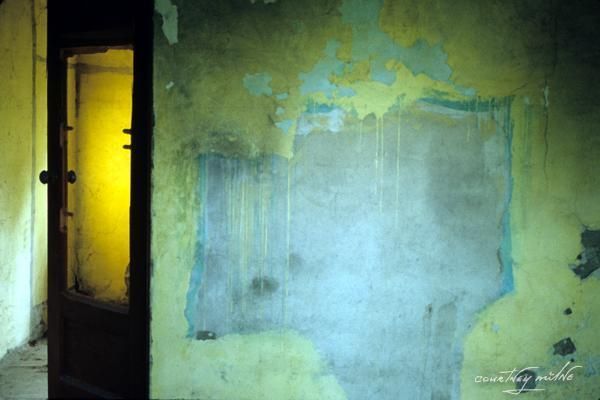
interior light of abandoned prairie homestead
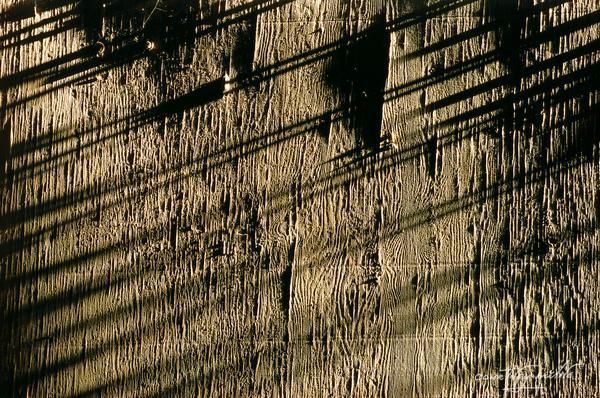
light raking over nails on barn wall
What tales might these structures hold?
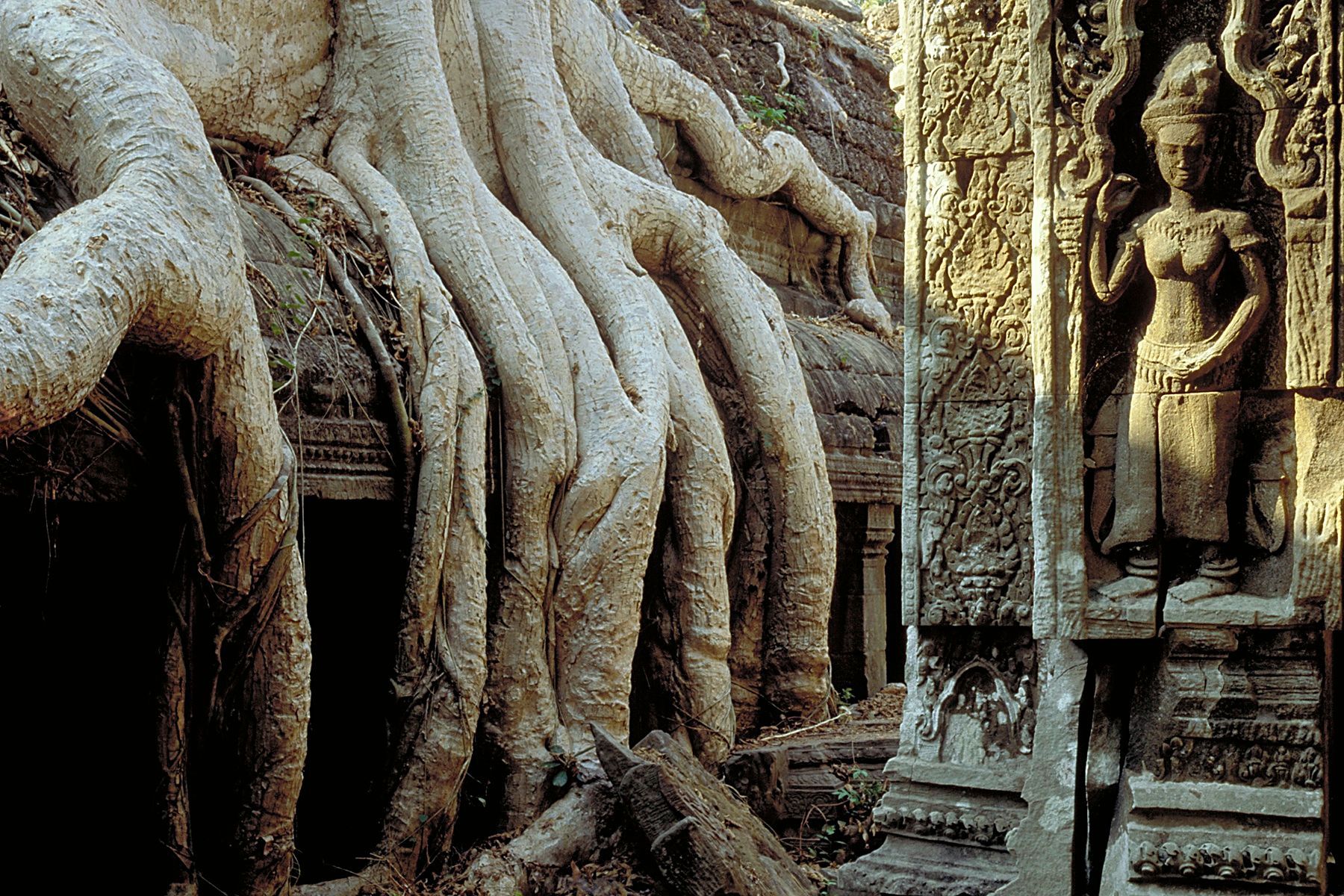
temple and banyan tree, Angkor Wat
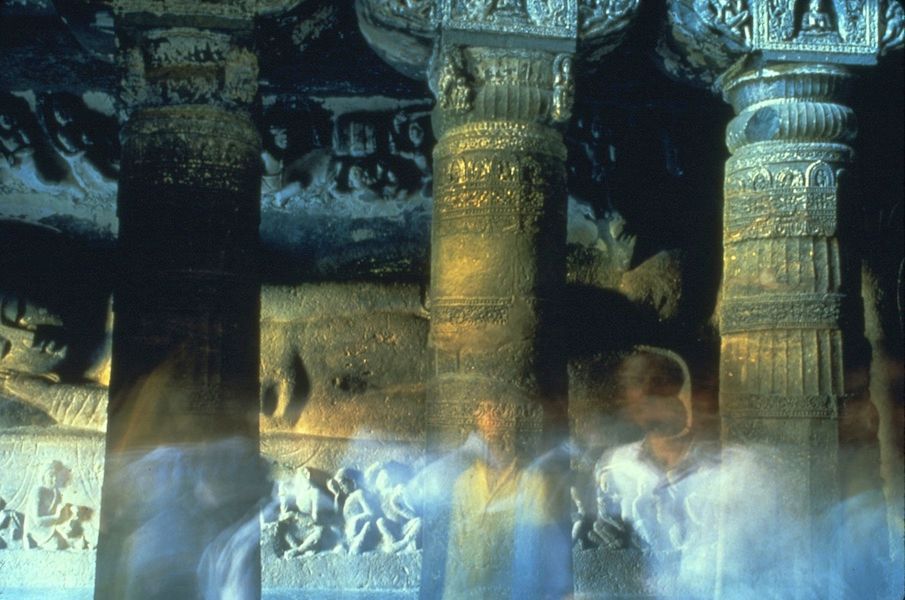
Sleeping Buddha, India
What has nature witnessed here?
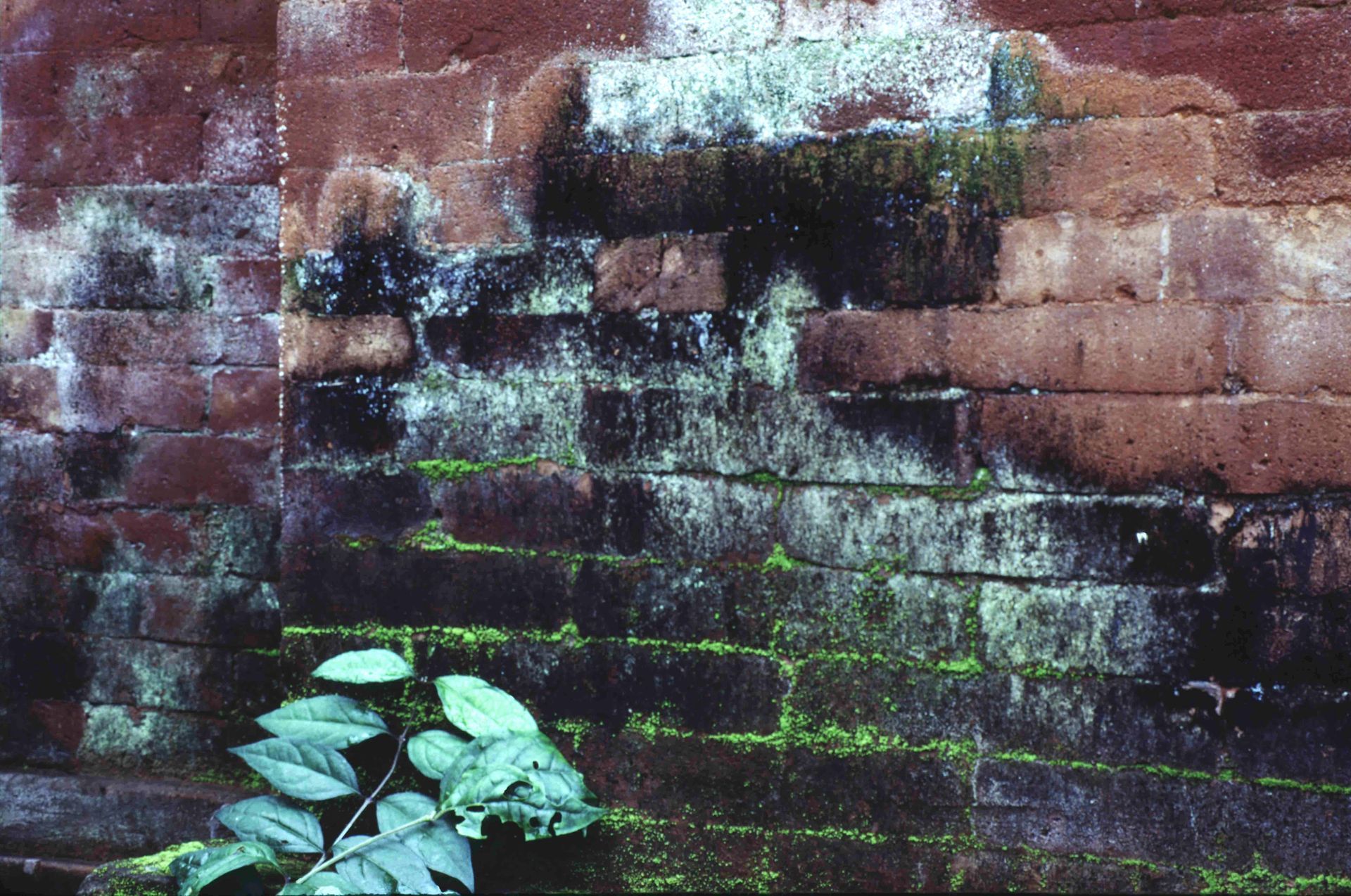
temple wall in Bali
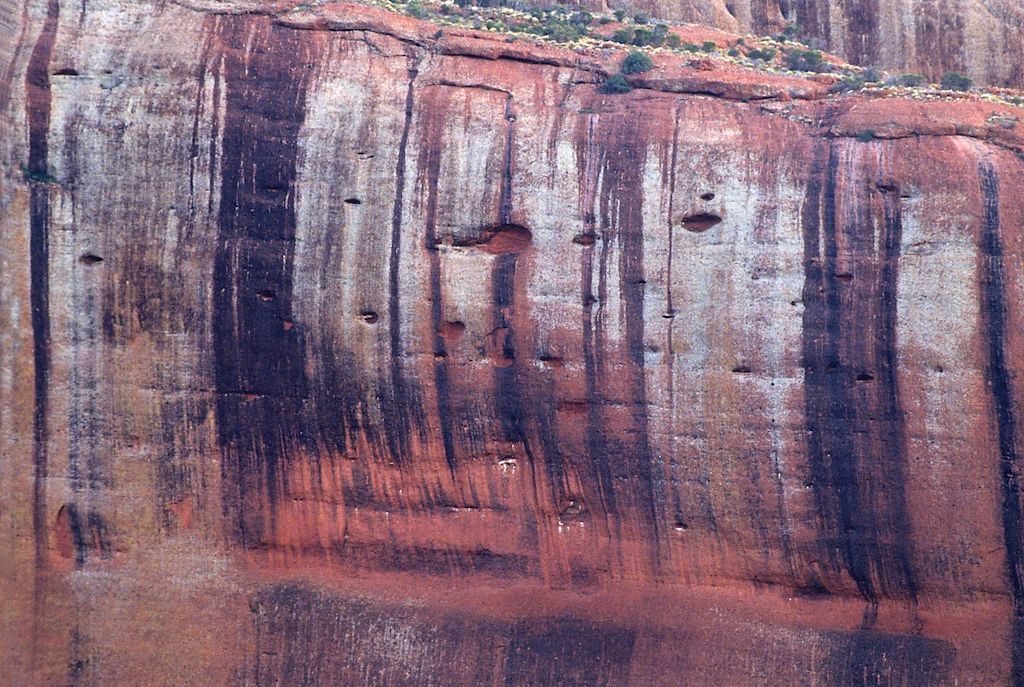
Kata Tjuta rock wall, Australia
These images from Walls That Talk are about temporal change reflected in our human rhythms and tempo of life, seasonal changes, liminal spaces, the sacred pace of Kairos, glances of evolution, trails of memory, and perhaps echoes of ancient wisdom. They show us how the world is witnessed through disintegration, on organic traces left on objects around us and on the land. The images portray our human ability to recognize symbols and patterns as a reflection of consciousness. We are primed to see the world as a mirror of our inner life, from the first artistic symbols recorded thirty thousand years ago in the Paleolithic caves of Europe, to today’s child pointing to the wonder of animal shapes in clouds overhead.
For Courtney it was also about wonder, awe, and delight ... the ecstasy he felt when capturing a fleeting moment that might never be seen again, and, as Emily Carr suggested, opening a portal to
the tremendous elsewhere that lies behind.

detail of eucalyptus bark
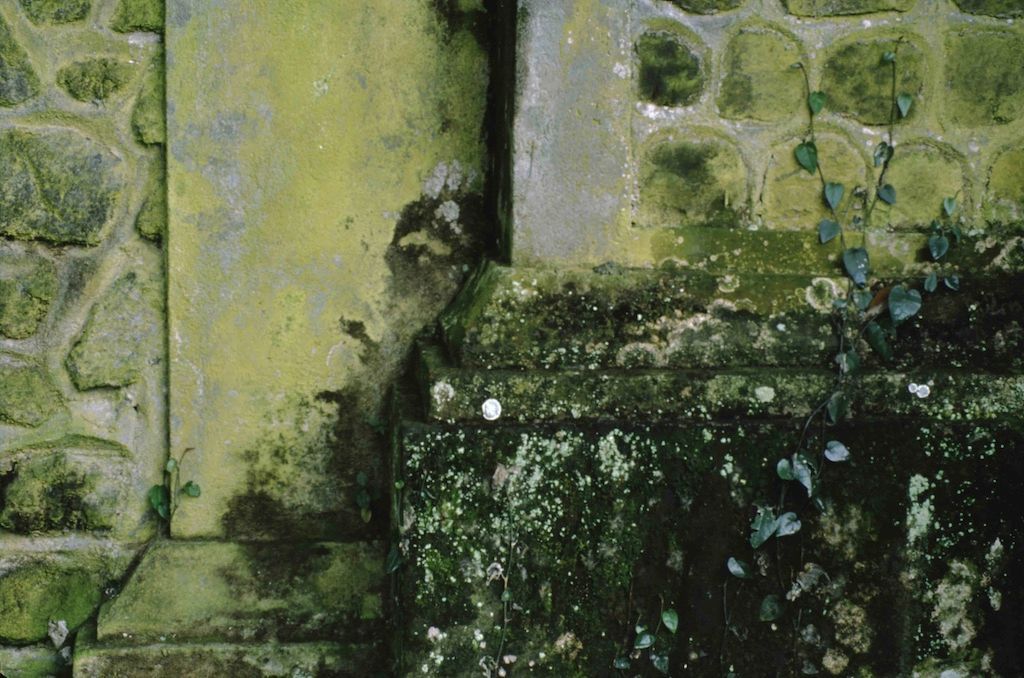
wall in Bali
These abstract patterns are often missed by looking only at the ‘big picture’ documentation of a place. Small snippets evoke a feeling of the whole, a fragment of time, a symbol and a hologram of the meaning held in a space ... creating a small wholeness unto itself that becomes an echo of time, a reflection of that which was significant.
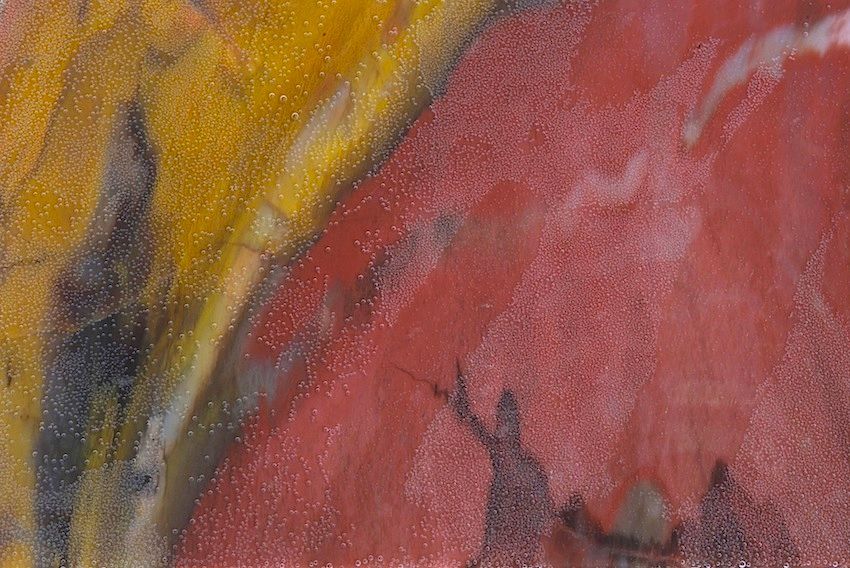
detail of patterns in piece of jasper
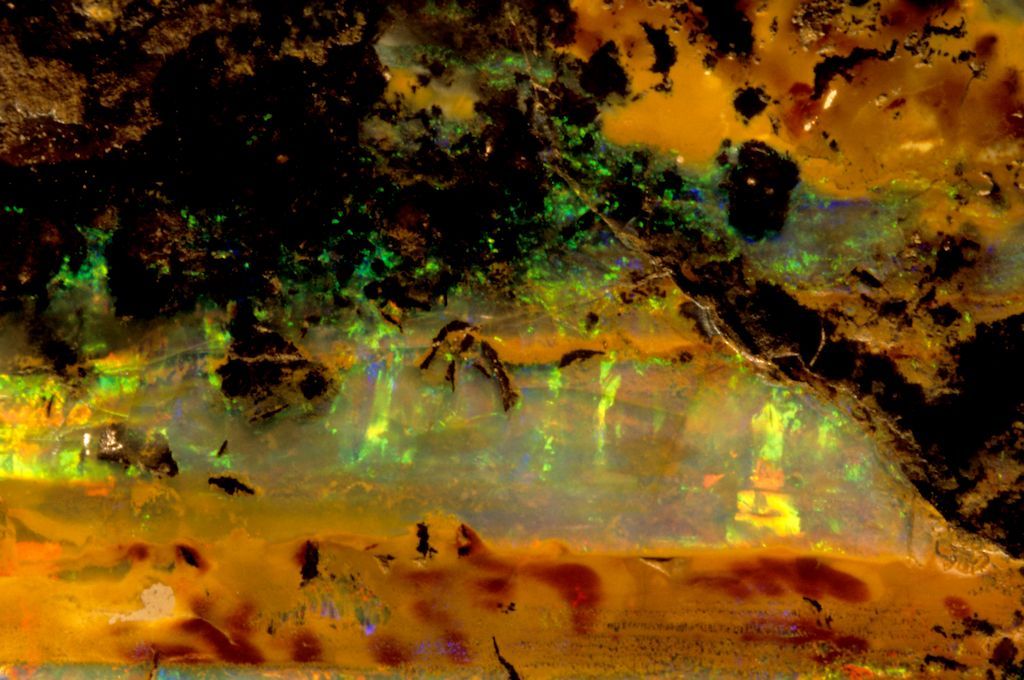
detail of opal rock

For some people, these impressionistic capturings may undo the usual sense of context sought by the brain and eye. Instead, texture and pattern become outrageous juxtapositions of color and motif. Adding the dimension of scale -- or lack thereof -- may confuse the eye, but also may stimulate the imagination. These images can then become portraits of change, as Leonard Koren suggests in his book Wabi Sabi: a visual metaphor of things coming in and out of existence where a place and an event are created together, into a dynamic moment. Through impressionism and abstraction, the subject again becomes a living entity unto itself.
These images then reflect an ancient echo of something formative, with charm, simplicity, and organic vitality. Sometimes it is just about color and texture -- minimalism incarnate.

detail of rust on car
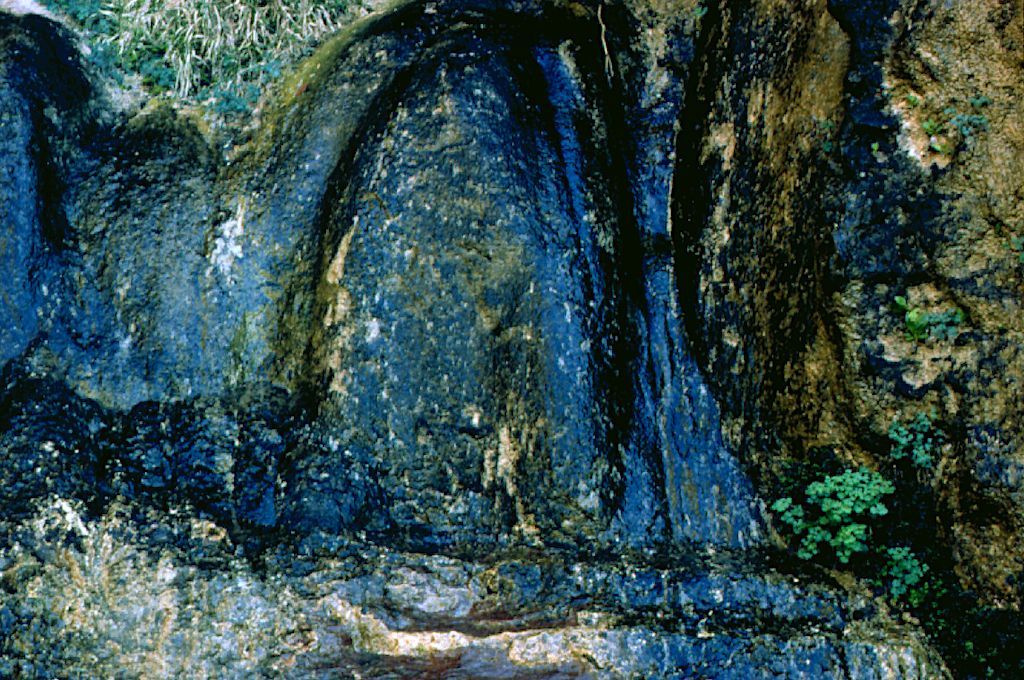
detail of rock

detail of rusted metal
Unlike the way images with words enhance each other as Visual Echoes, I have chosen Walls That Talk images that can carry a singular impact - a pure sensory experience of colour, texture, shape. They entice us into powerful experiences of feeling and connection, a kind of simplicity that resonates in the body ... ‘talking’ at another level ... speaking the inordinate beauty around us ... beauty ~ the quality that is said (by Dostoevsky) to redeem the world.

detail wall of ice, Grey Glacier - Torres del Paine National Park - Chile
... rustic, weathered, worn, and vibrant ... outrageous colours and textures ...
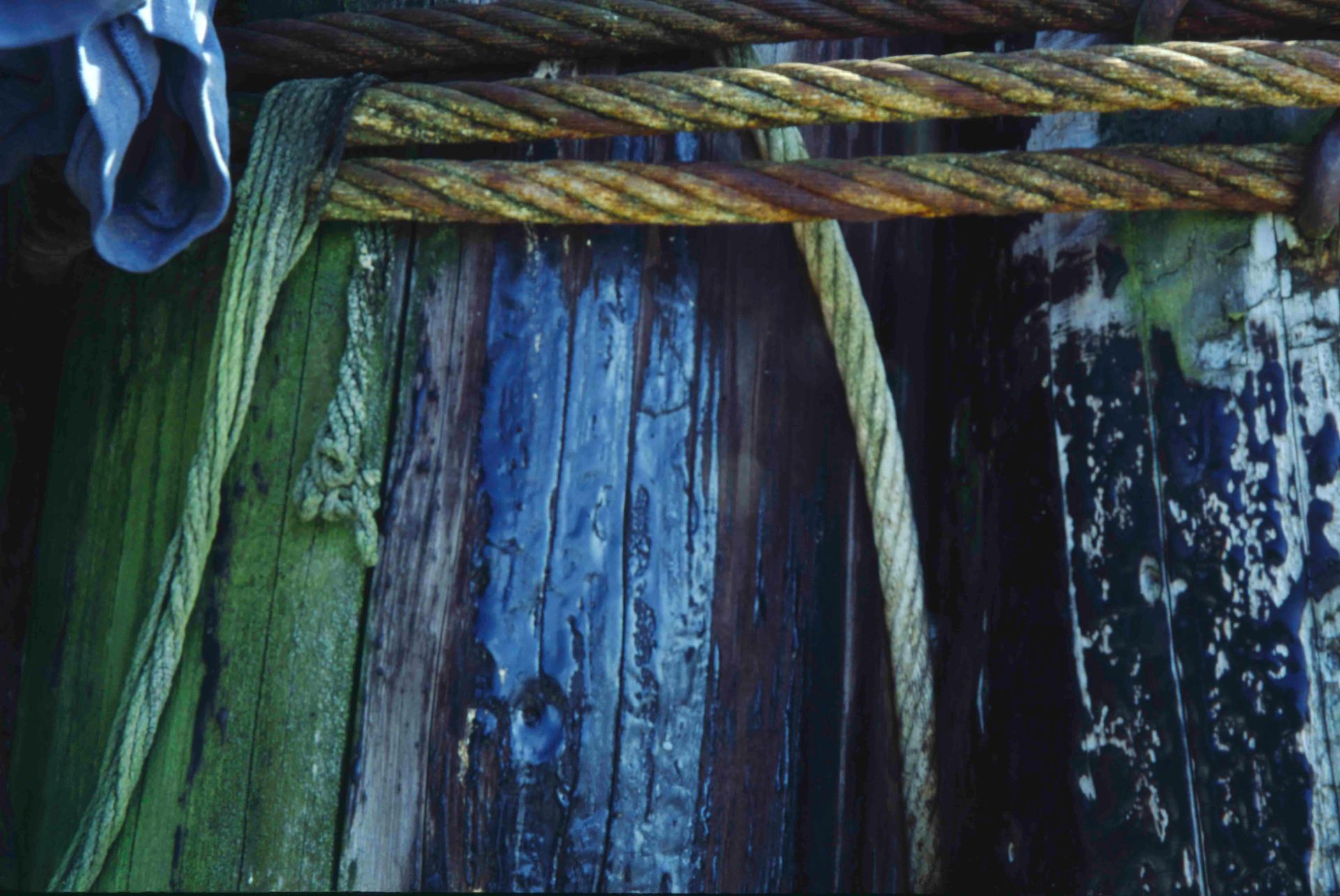
detail of rope and dock, Canada
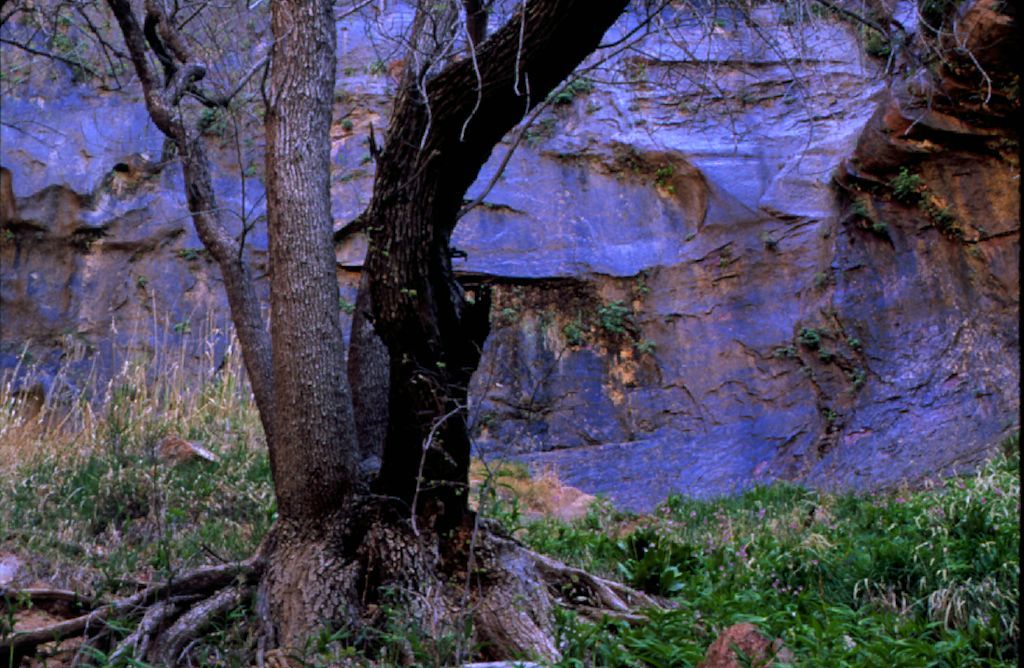
rock wall and trees, Zion National Park, USA
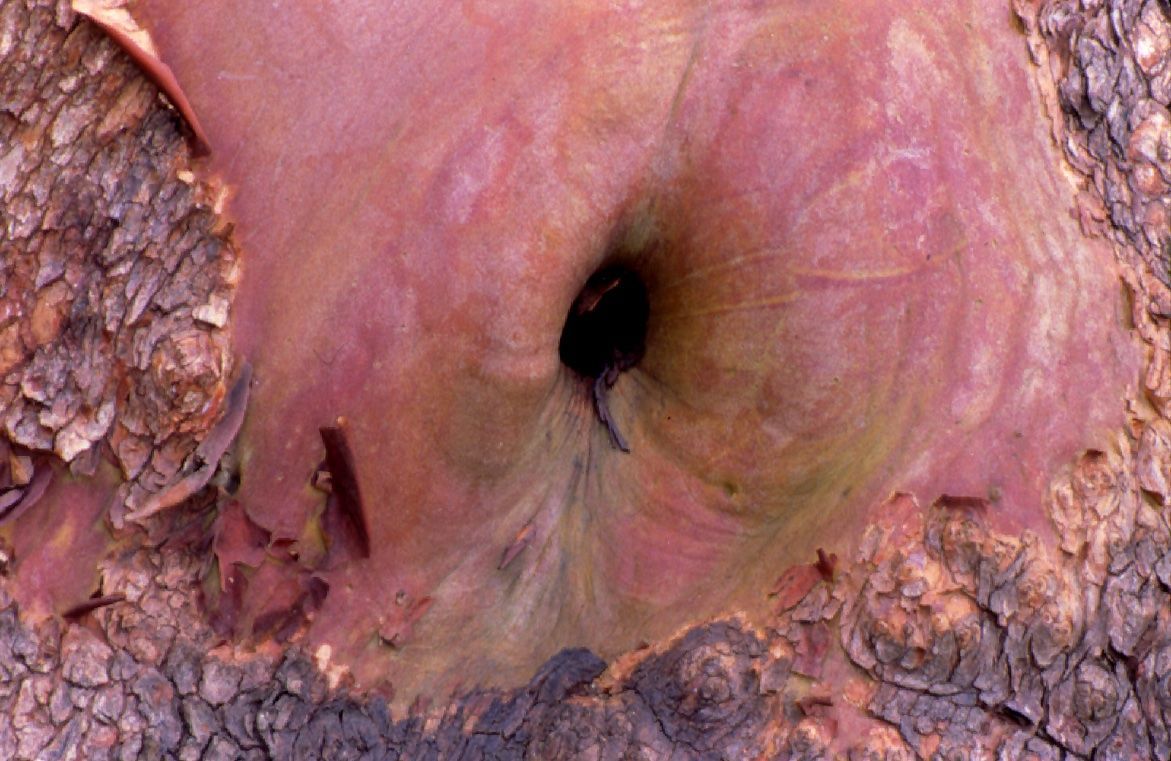
detail of peeled bark of arbutus tree, Canada

patina on rock wall, Zion National Park, USA
Many Walls That Talk images are not the expected human-made palisades designed to contain people, animals or property. These are other kinds of walls -- natural templates that become a study of textures framed by light, hinting at something greater. The lack of scale further enhances the mystique.
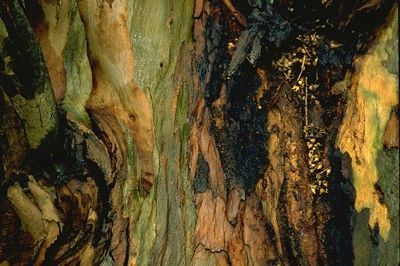
detail of eucalyptus bark, Israel
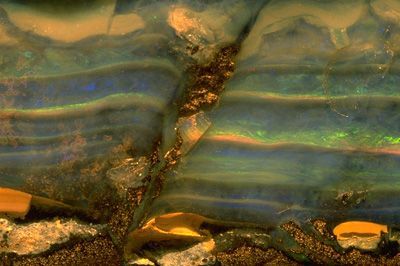
detail of opal rock, Australia
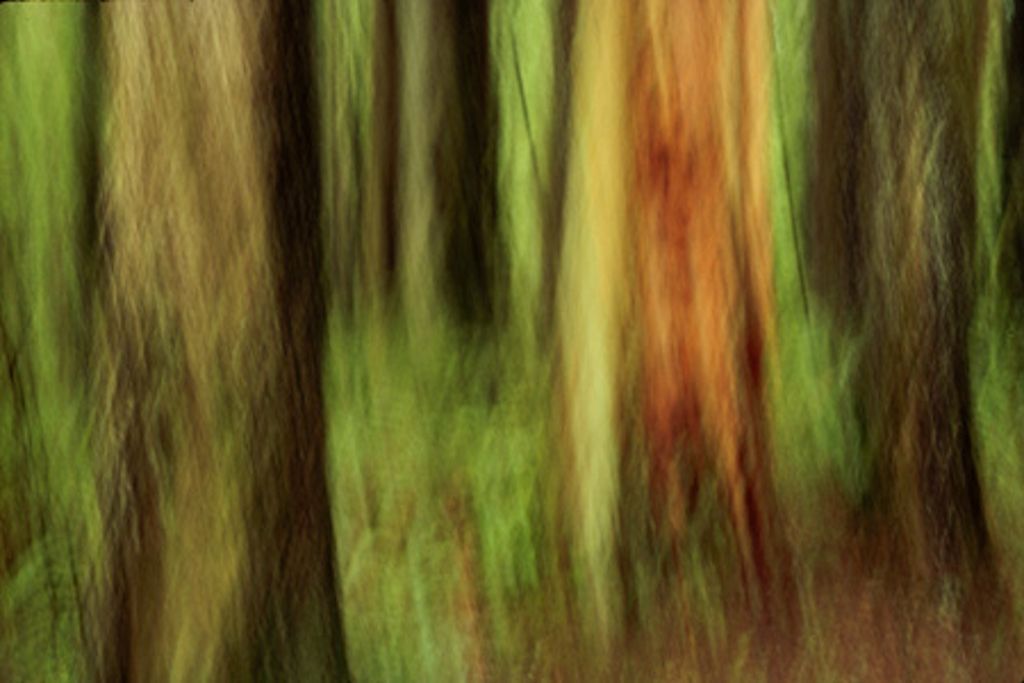
camera movement on west coast forest
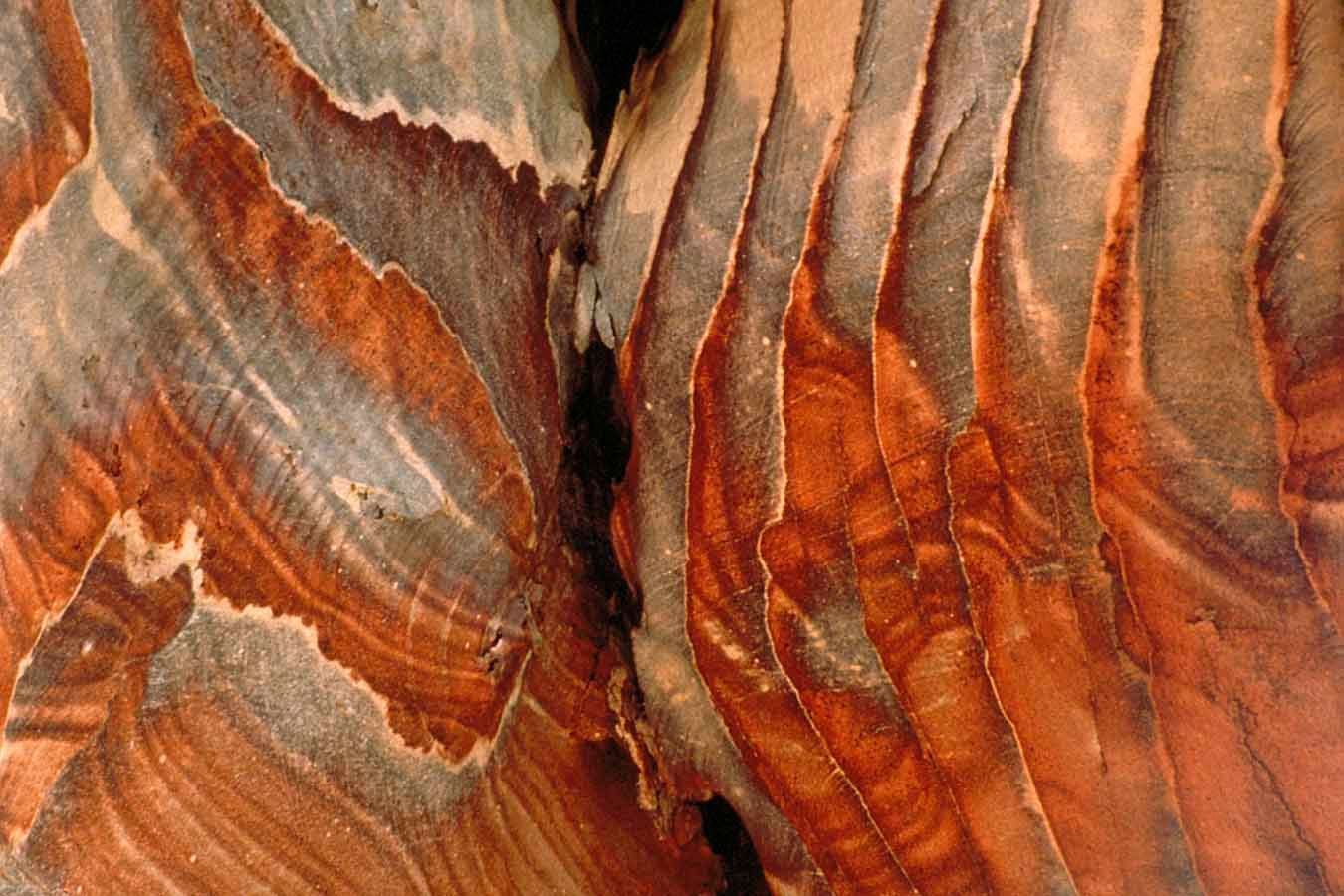
natural sandstone patterns, Petra, Jordan
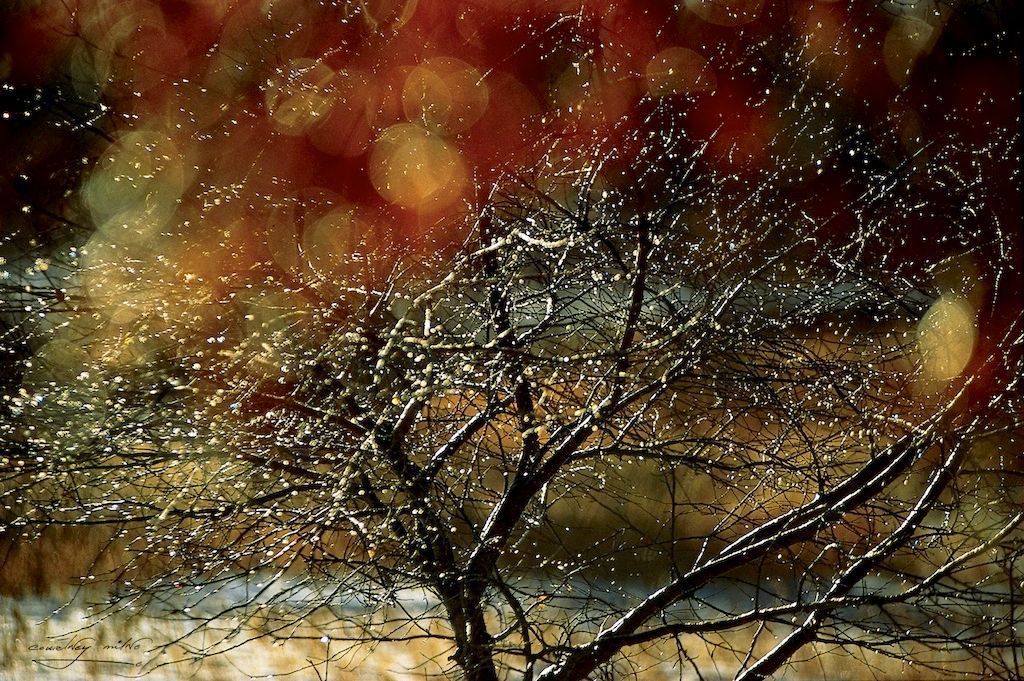
camera motion on plum tree, Grandora
Nature interacting with nature provides animate scale and dynamism, as well as the perspective of human and other beings sharing a space with nature.
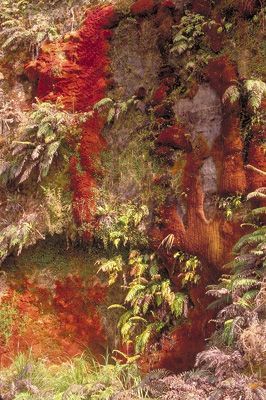
grotto, New Zealand
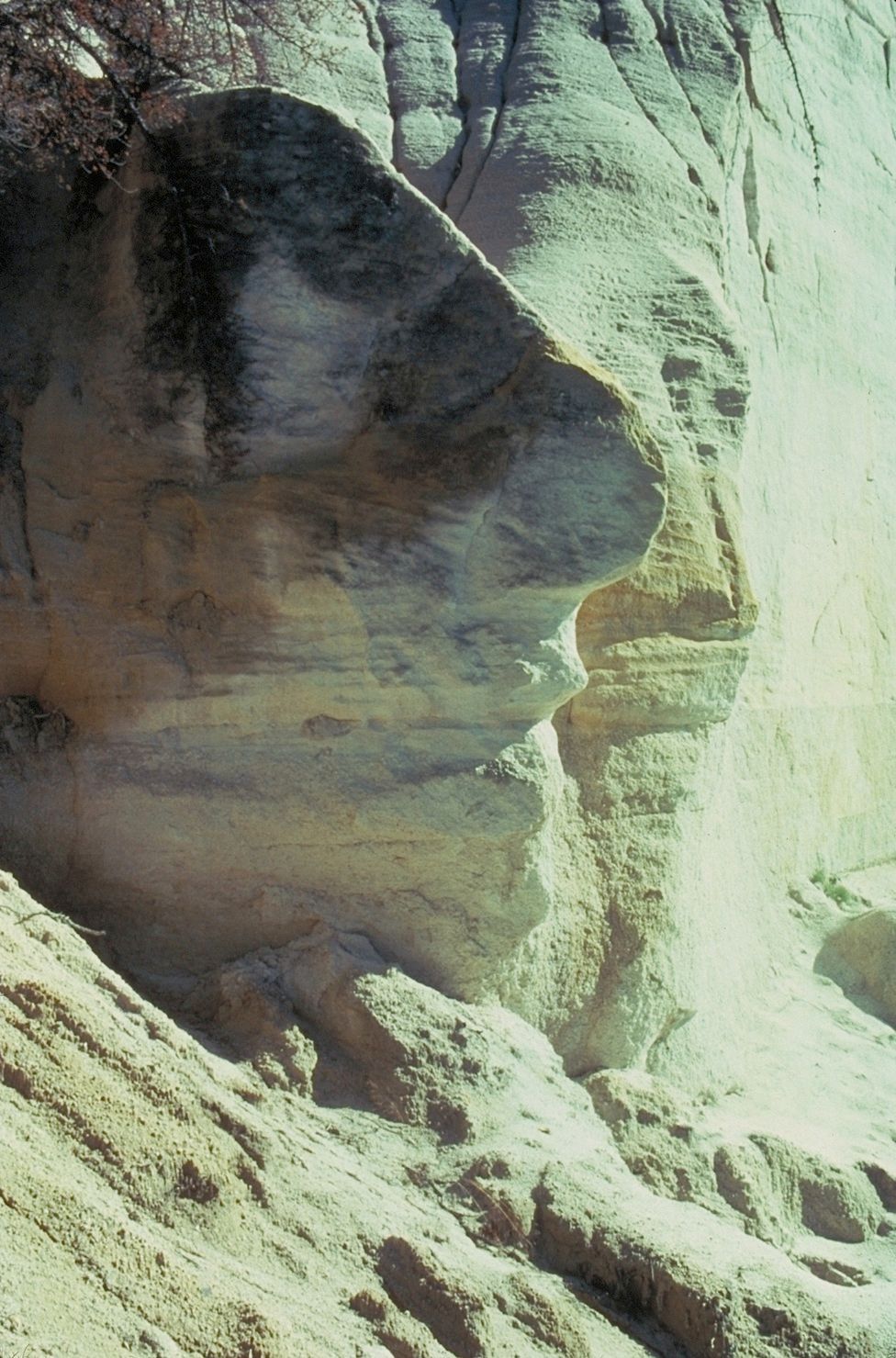
face created by natural erosion
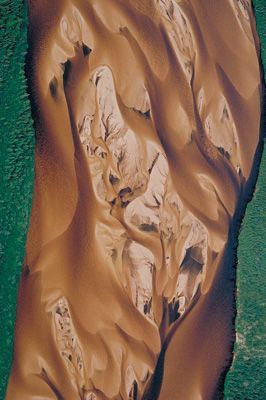
aerial view of river sand patterns
Walls That Talk can expand our memory of elemental light ... in the cathedral of Antelope Canyon, passages of twisted light pour through the outrageous curvatures of sandstone walls sculpted by water erosion ... and in the dawn light anointing the razor-sharp wind-sculpted dunes in the Namib Desert.
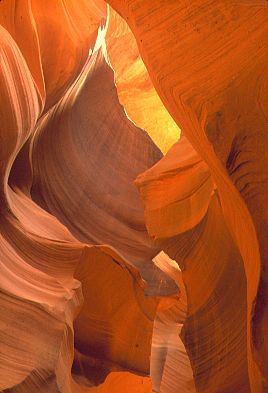
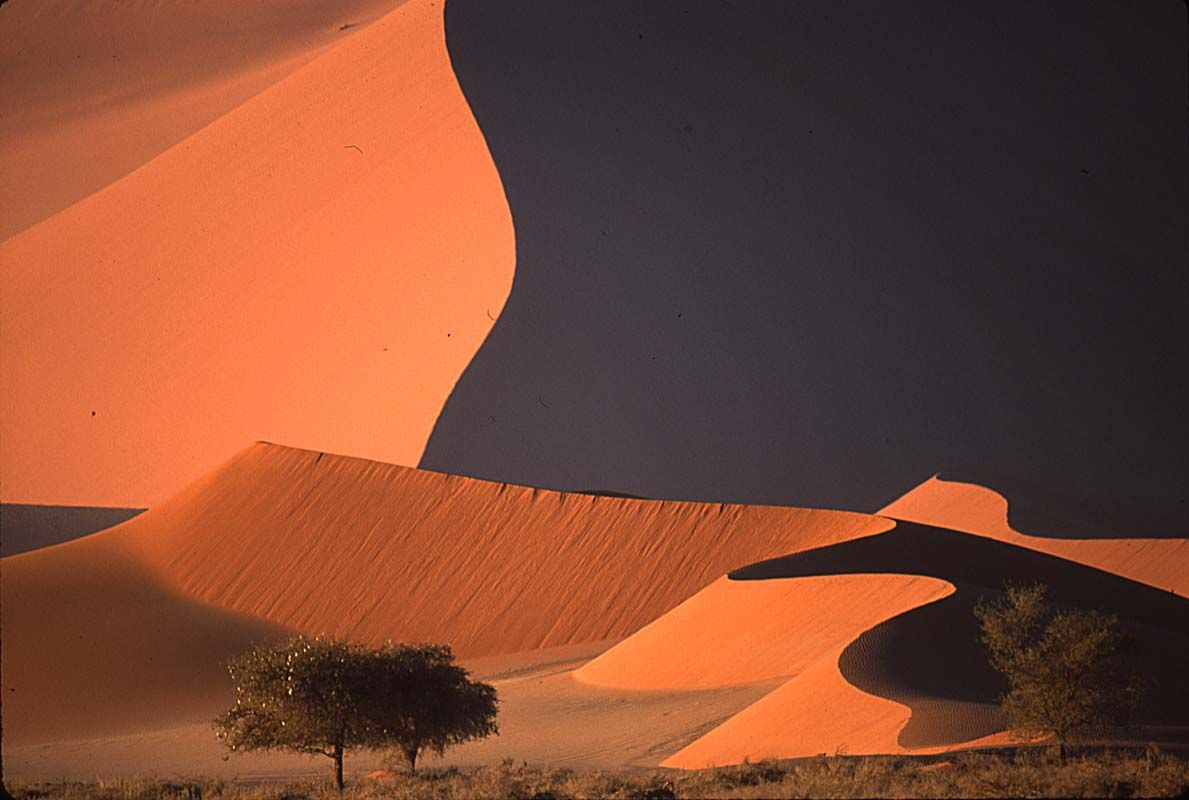

These Walls That Talk images exude meaning shaped by the consciousness of the viewer. As philosopher Arthur Schopenhauer observed, every human takes the limits of his own field of vision as the limits of the world.
What feelings or intuitive murmurings do these images evoke? How might this be applied to your life? What part of your soul might be awakened?
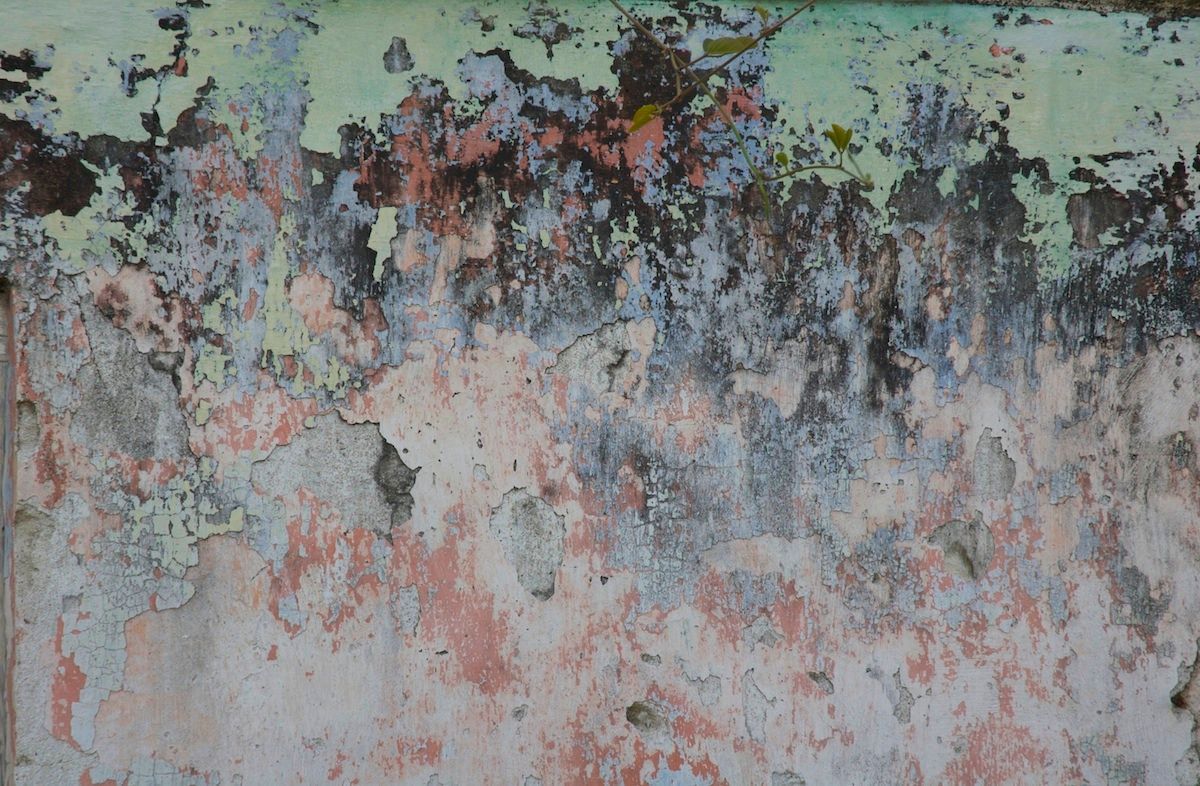
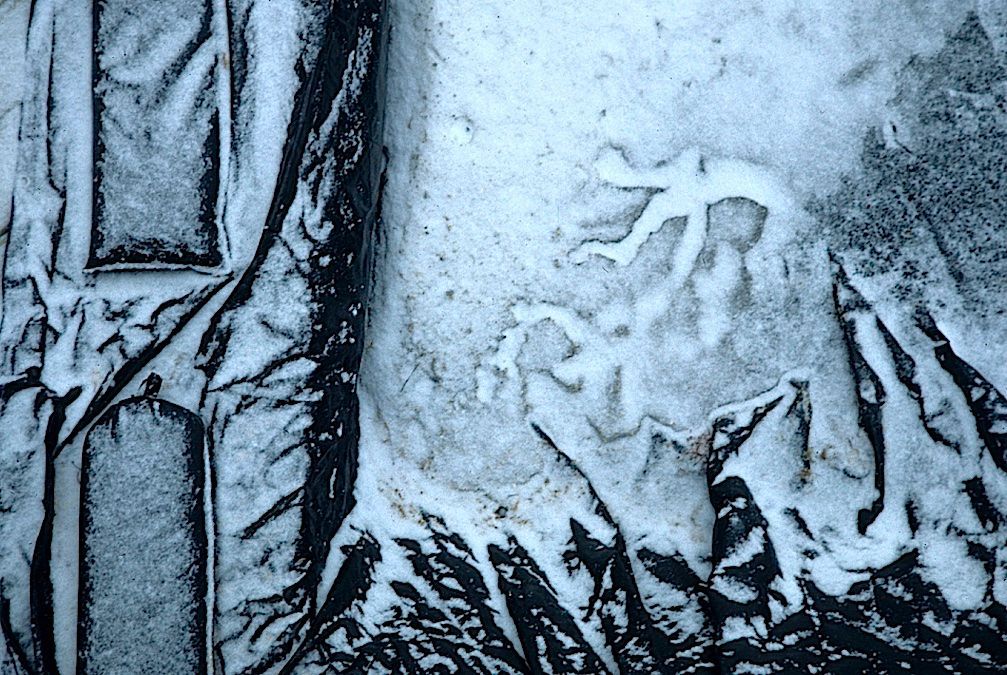
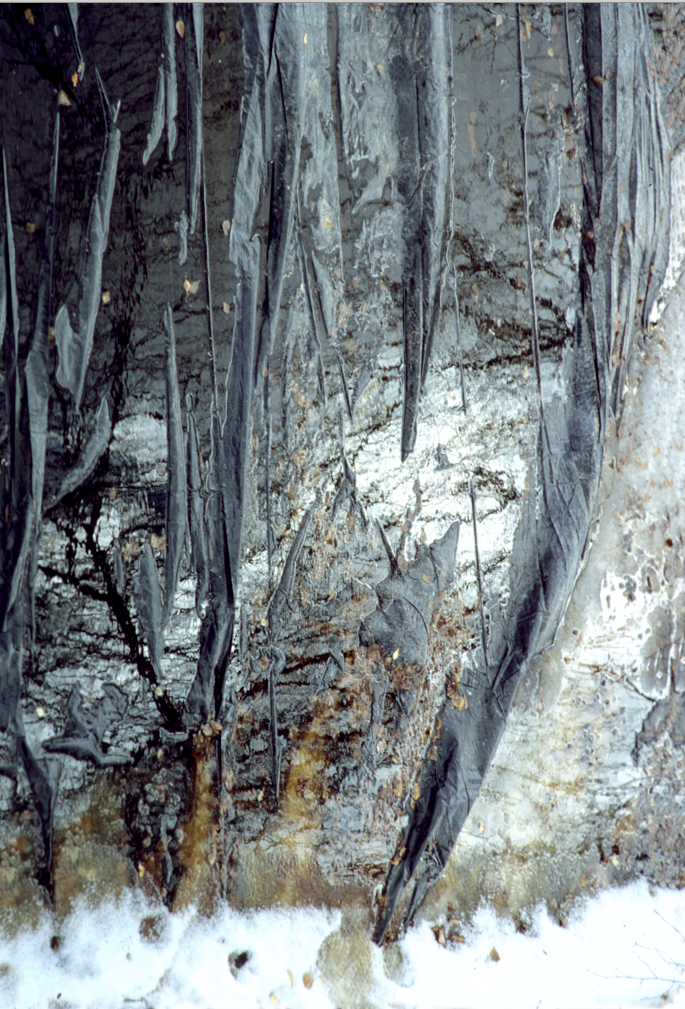
After more than thirty years photographing the world, Courtney discovered the ultimate palette of Walls That Talk was the swimming pool outside our front door. He even wrote a poem about it (below) ... with himself as the archetypal Fool. With his ‘new eyes,’ the pool became the cauldron for an endless panorama of ephemeral images induced by the feng shui of wind, light and other elements of weather and nature playing on this body of water.
It seemed as though his whole artistic life had been in preparation for this Pool Project. His eye was honed, and his seeing was pushed to its edges in being able to capture this endless parade of images presented to him in what he ultimately called the Pool of Possibilities.
... compare the wind-swirled sensuous sand dunes in the Namib Desert ... to wind-caressed water flowing like thick cream in the Pool of Possibilities, twenty years later ...


... feel the glory in the colour of a bed of crystals carved out of an Arkansas mine and set in
the sun to reverberate and refract light .... and fifteen years later, the magical ripples in the Pool of Possibilities as the wind scattered golden light through reflections of autumn leaves and pink flowers tinging the bark of the overhanging birch tree ... and the impressionistic turquoise-blue glazing on a ceramic flower pot gleaming in the sun beside the pool.
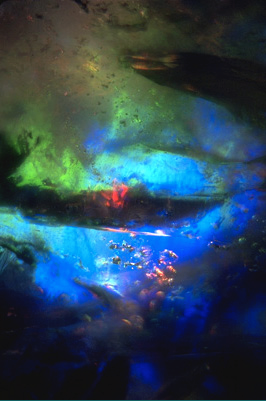
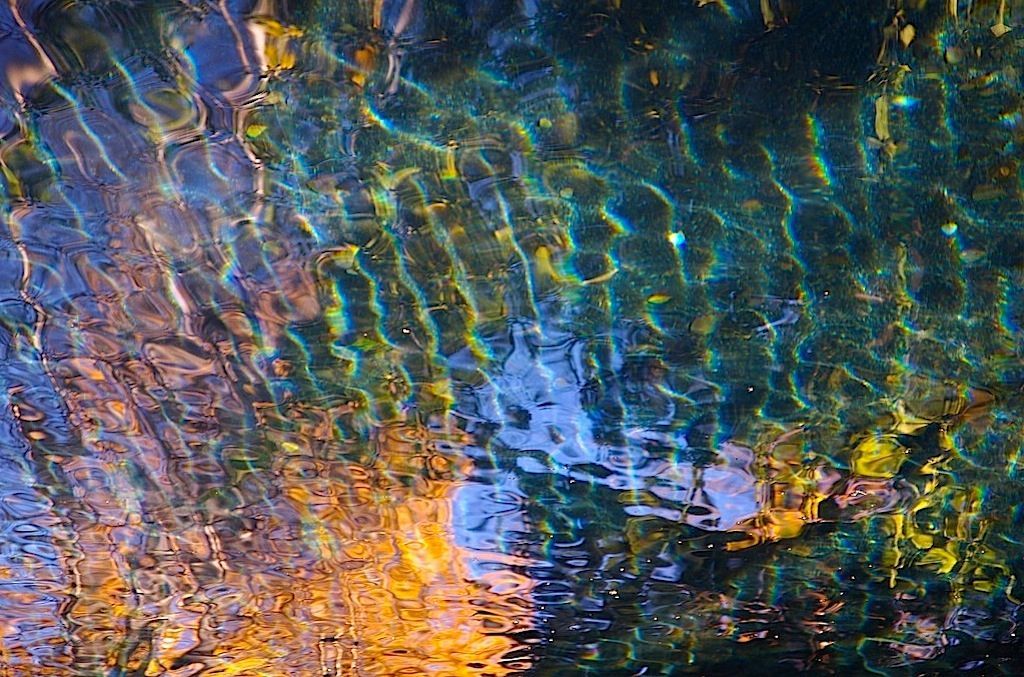
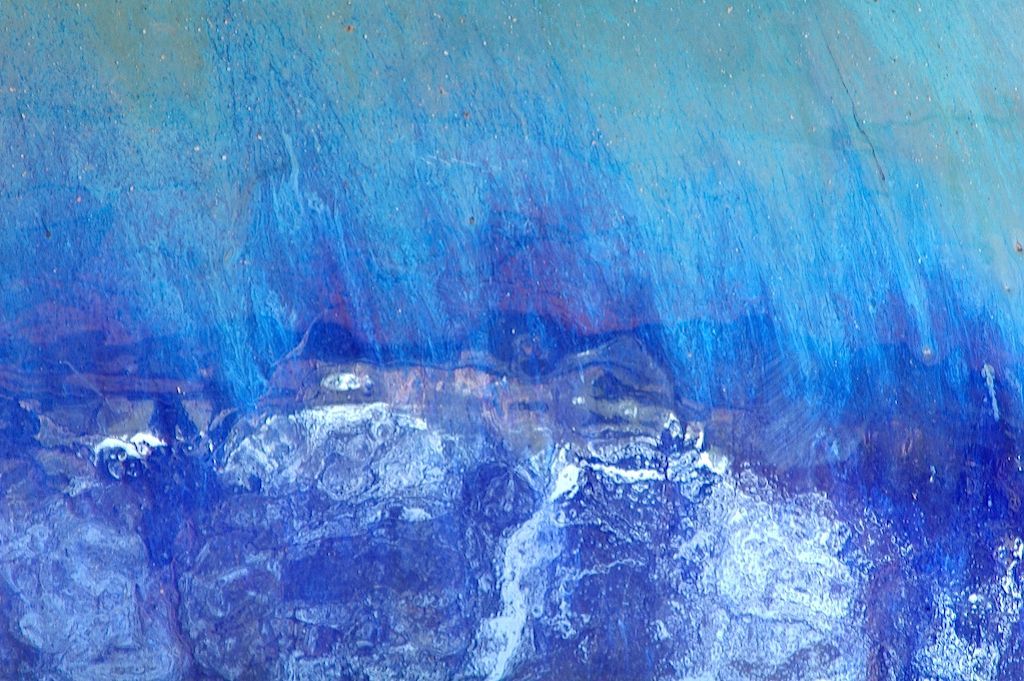
It is apparent that wherever one looks with ‘wabi sabi eyes,’ what emerges is beauty ...
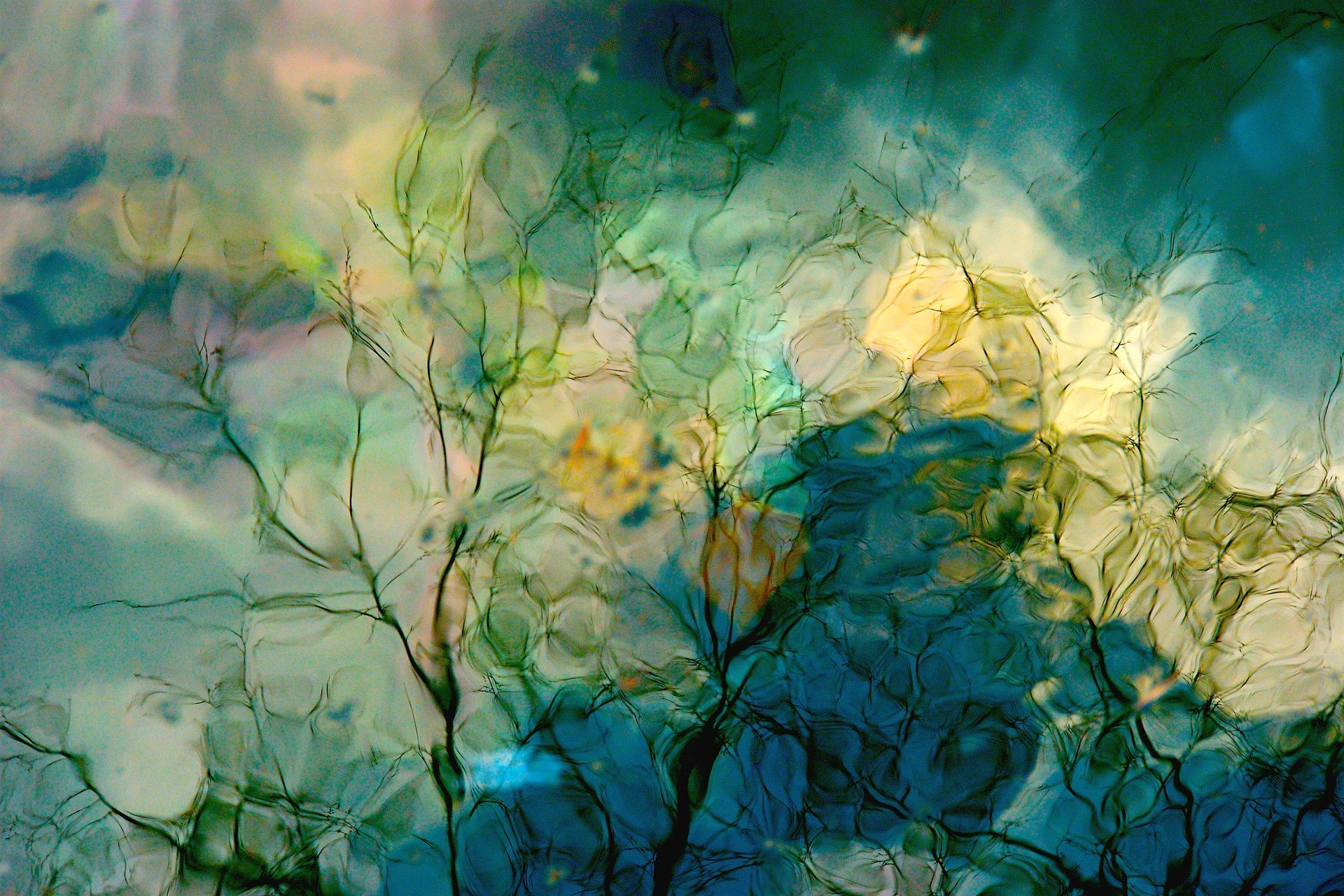
These images of Walls That Talk - embedded with the vitality of wabi sabi – have the capacity to resonate with the deep spiritual elixir held within the viewer. Sometimes the messages have more clarity as in etchings on mineral stained rock sculptures, in
ornamentation of light on temple walls, in evocative pictographs, or in sculpture itself.
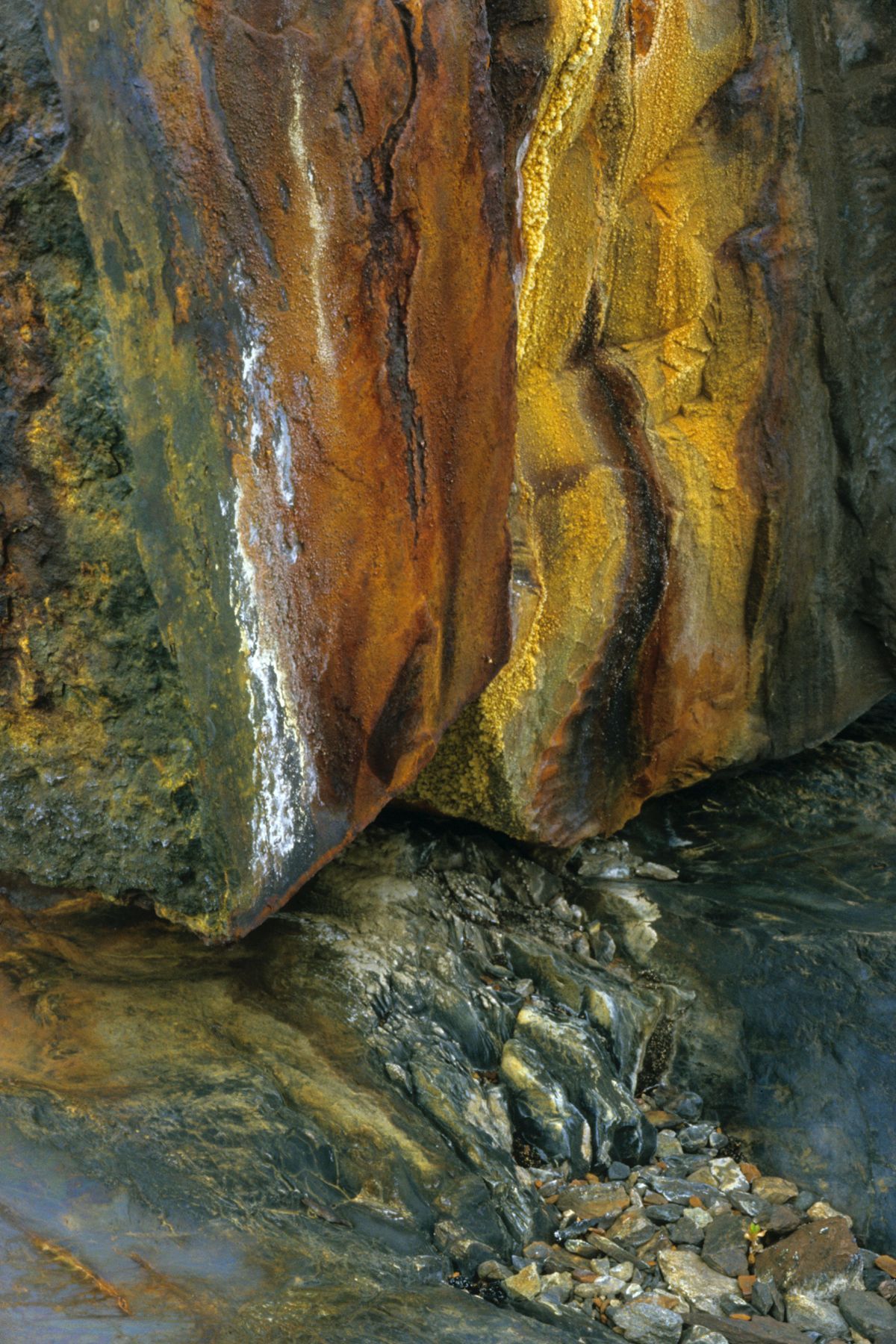


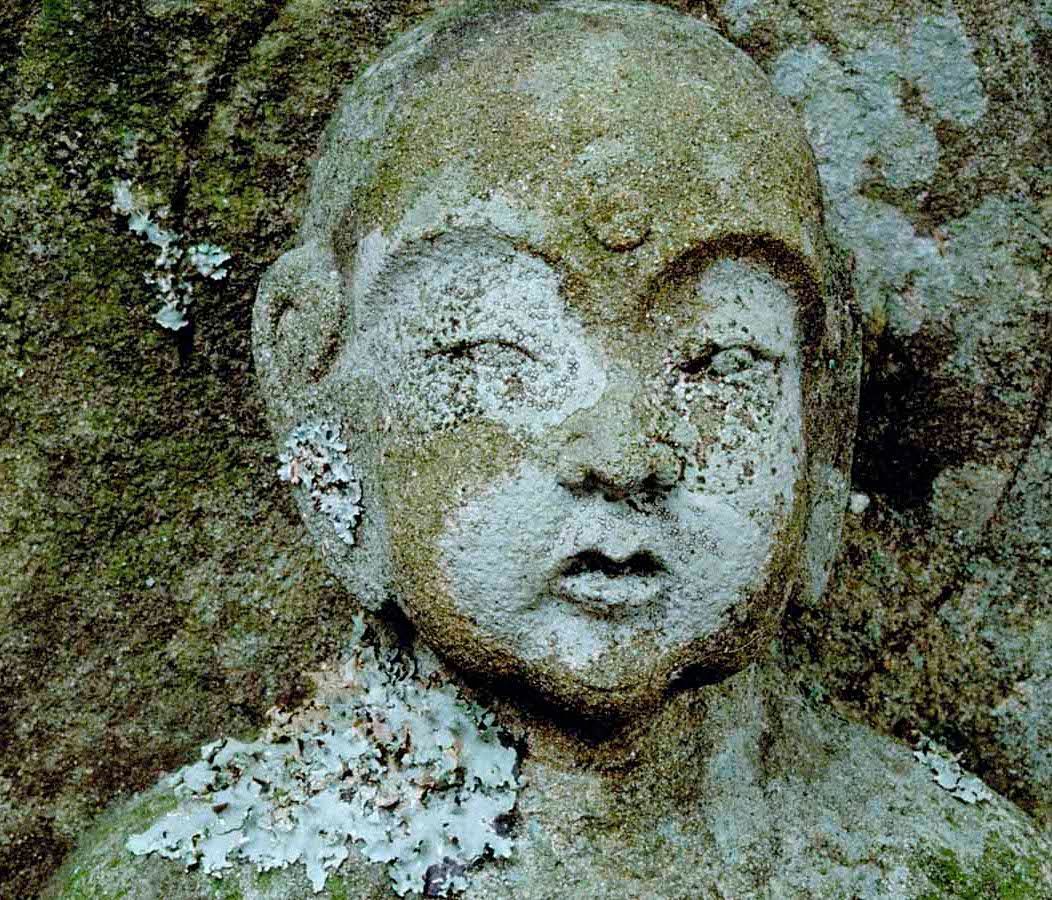
How we react to these images from the Walls That Talk collection –- and indeed, our experiences with all images -- is informed and shaped by our attitudes, beliefs and world- view. It is about recognizing and responding to how nature makes meaning for us through glimpses that mirror our inner landscape. Perhaps the images also illustrate Mark Twain’s adage: you can’t depend on your eyes if your imagination is out of focus.
These traces of time are a poignant portrayal of Courtney Milne’s vision for his work:
to explore the unfolding mystery, not to try to solve it.
I hope this work will be experienced as a precious playground of wonder and awe -- with the enthusiasm for life that Courtney Milne embodied so cheerfully. We are reminded that the root of ‘enthusiasm’ is from the Greek,
entheos ... meaning ‘infused by spirit’ ... a metaphor for living a life filled with passion while weaving through the dance of creation portrayed here ... attending to the world ... responding to the light ... opening to the visitation of grace ... leaning in and listening to the stories whispering through our spirit.

pool moth
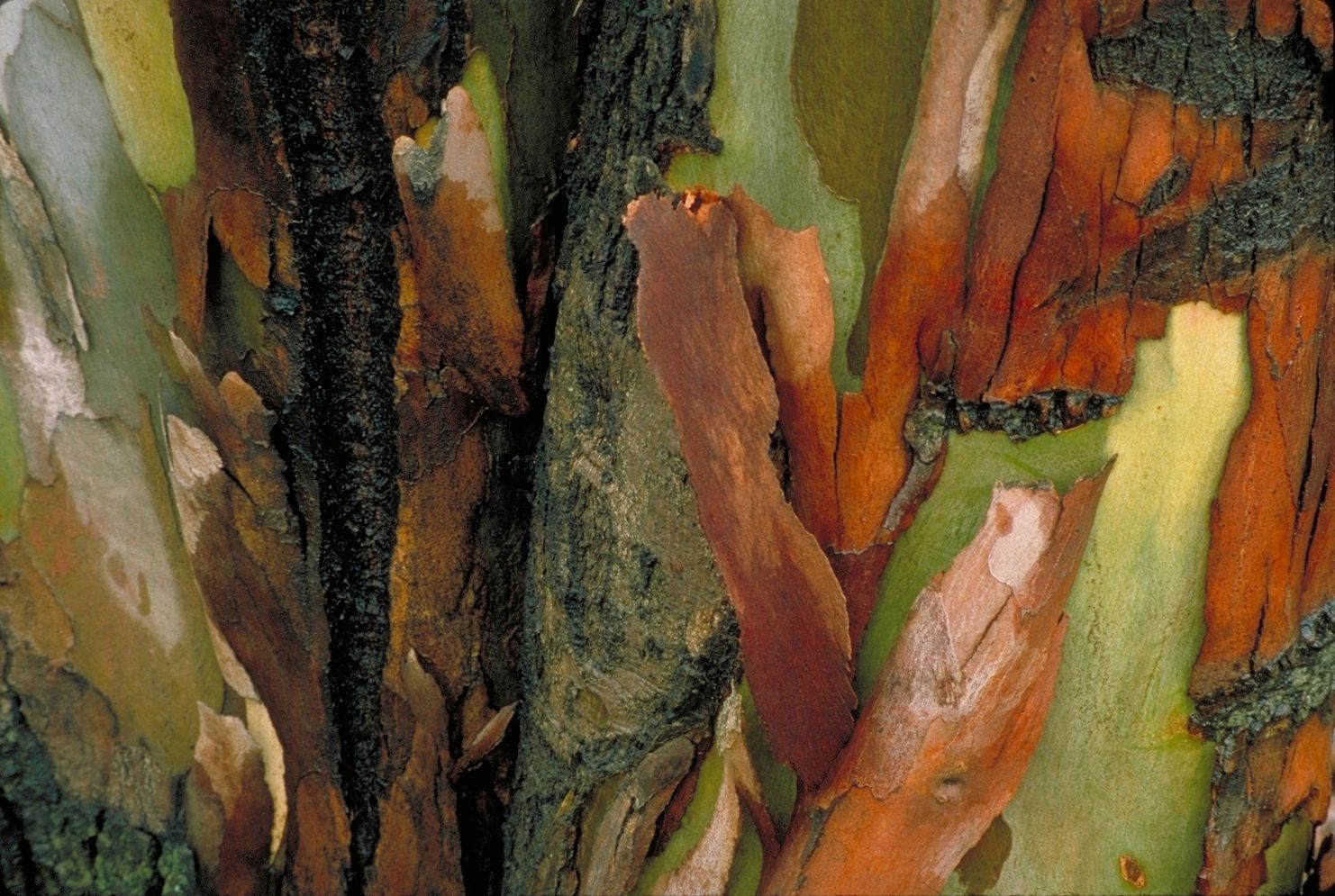
eucalyptus bark, Israel
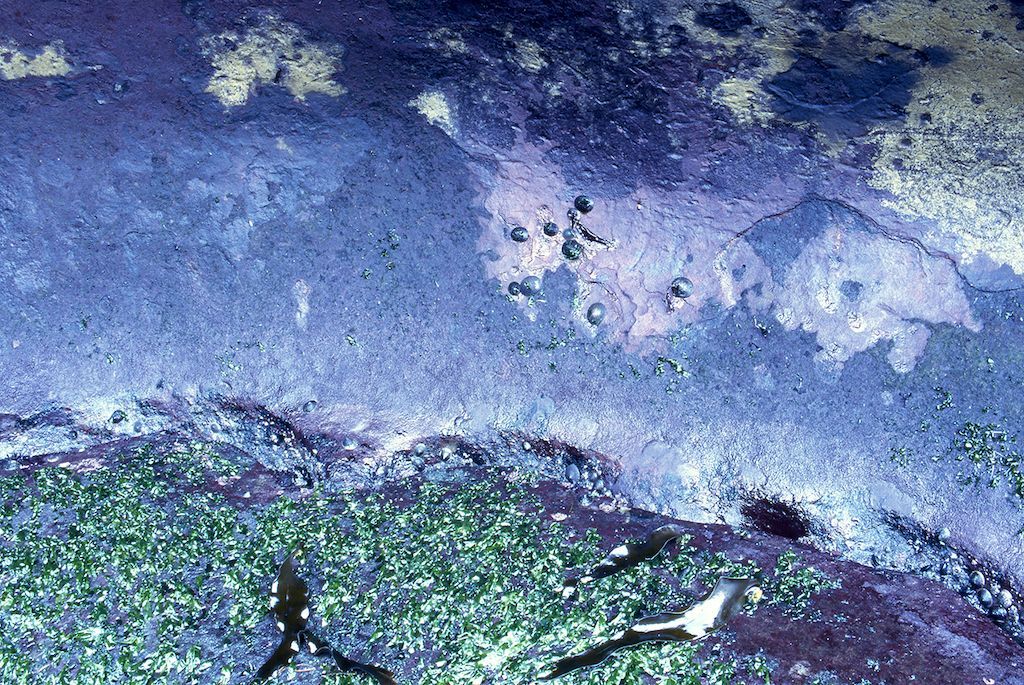
sea cave, Botanical Beach, BC
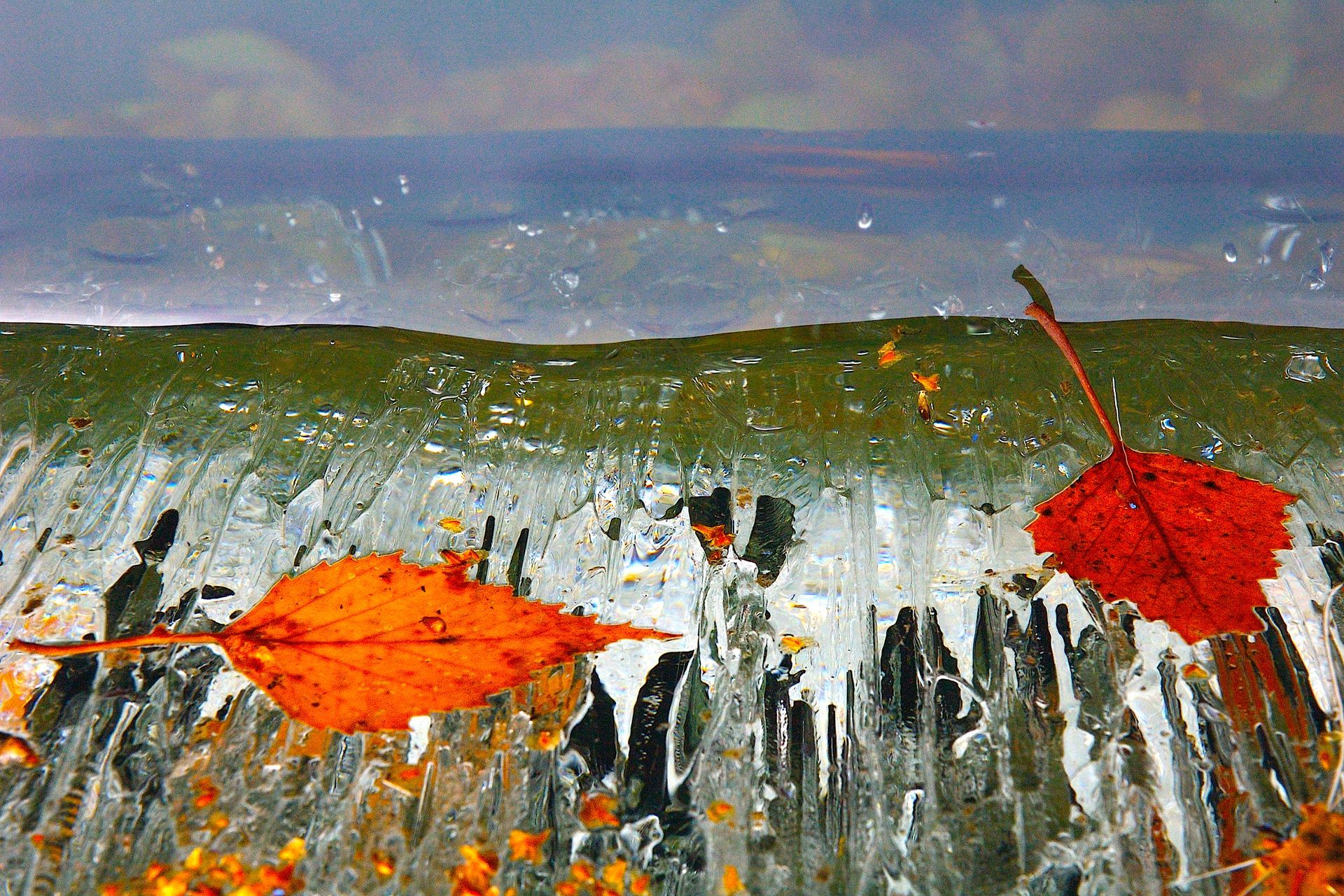
candle ice and debris on pool
He searched the world over, and what did he find?
That Earth’s greatest treasure is the Eye of the mind ...
For when he got home, as wise as a Fool,
He found the whole world, right there in his pool.
Sound and Cadence
Sounding the Inner Landscape
Our inner images can show themselves in various forms. For years I have enjoyed group chanting and free-form vocalizing. I am always amazed at what comes out of my mouth; what does it mean, and where do such unexpected and unknown sounds - and pensive feelings - come from? ... what pockets of deep experience am I connecting with?
As with my other visionary experiences, I bow to the mystery of what great hand is conducting my life at this level.

Sound is another portal with a Janus-faced gate that opens both ways. My voicing opened the gate from the inside, bringing my inner shape into outer forms that were incredulous to my ear and my rational mind. This was my inner landscape ... my personal soundscape ... an impressionistic painting carrying the amorphous textures of feeling and meaning without specific details .... interior resonance of inner geography ... awareness coming to consciousness.
The voice is a powerful tool modulated by the larynx, a complex energetic structure that facilitates seeingness and Divine connection, as well as physical vibration for sounding. On our Earthly domain, every soloist or choir participant attests to the feelings evoked when singing or vocalizing, of being filled with a sense of spaciousness and self-connection .... vitality, joy, release ... and even physical healing.
When the gate opens from the outside, sound passes in through our hearing and vibrational senses. Input may include silent sound, a ‘sense’ of sound or through synesthetic vibrations from colors, scents or textures, all of which can create interior images and feeling responses. This invisible sound vibration evolves when it meets and interacts with our physical, emotional and energetic landscape. It may strike our inner resonance as chords of harmony, or it may stir up discordant feelings, depending on our energetic structure. And like dream material, we can use it to expand our sense of self through bringing our inner storehouse of feelings into more conscious awareness.
Story teller Michael Meade echoes this in a poetic way, asking: what is your note in the symphony of the universe ... while Wayne Dyer urges us to explore this inner self, saying don’t die with your music still inside you ... an invitation to reveal and bring our fullness into the world.
The Cadence of Inner Experience
I have an ongoing fascination with the word cadence, so, as with Jung’s scintilla (Portal 2), I am following the sparks of my imagination that lead me to explore how various experiences can sculpt a deep inner knowing and expand my inner vision and consciousness.
Cadence, from the Latin ‘cadere’, means ‘to fall’. In music it refers to movement, a growing fullness and rhythm that ebbs and flows to a finale. Although my attraction to the word ‘cadence’ came first through music, in this multilayered space of inner experience I see it as a metaphor of the underlying mythopoetic pattern that is shaping us, moving us through life ... towards our finale.
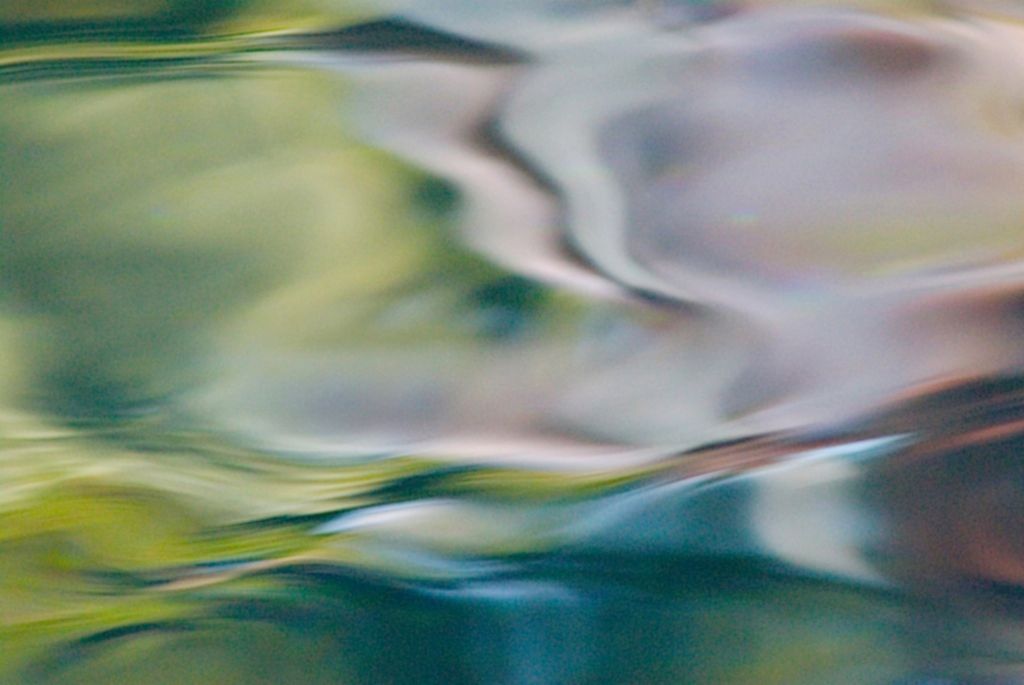
The fluidity of cadence holds all the innuendos, ripples, eddies and streams of experience along the way, including a possible ‘deceptive’ cadence, which in music is the unanticipated repetition of a phrase that extends the expected conclusion. The music continues, leading the listener to follow the next motifs as more hidden material is revealed. Entering the flow of our own personal cadence requires that same resilience, focusing our attention so we can catch the multitude of possibilities available ... as the stream of life carries the occult and nuanced awareness of our encounters and inner images that portray the deeper story that is playing out and trying to emerge.
Part of my own inner cadence is the resonance I have with musical notations. They echo in me when I quietly read the naked words that evoke sensations, or as I speak them, sounding them through my larynx, landing them in the space – they feel poetic, evocative, and magical, with an interior life of their own. I feel, hear and envision their meaning in the way lullaby rolls softly off my tongue as it brings a momentary soothing ... how the majesty of maestoso in a Sibelius symphony evokes the sonorous magnificence of the northern forest ... or in the way the brisk click and separation of the syllables of staccato carry a sharp awakening. I have found these notations useful to portray the feeling of a situation in my writing ... to pass the emotional space and experience that exists beyond the words (see the Palliative Journey).
Music has a hidden geometrical structure that carries and weaves sound with energy. As tones and motifs coalesce into form, I am taken beyond the notations into the tapestry of the music: the wistful yearning of the Adagietto from Mahler’s Symphony #5 echoes the vastness of the universe ... the tenderness of Mascagni’s Intermezzo from Cavalleria Rusticana opens my heart ... Max Bruch’s rhapsodic Kol Nidrei brings me to stillness ... the exquisitely delicate version of Roczak on cello playing Arvo Part’s ecstatic Spiegel im Spiegel (Mirror in the Mirror) drops me into the silence of awe ... almost a lament, with a whispering melancholy that leaves me nostalgic ... for what, I’m not sure.
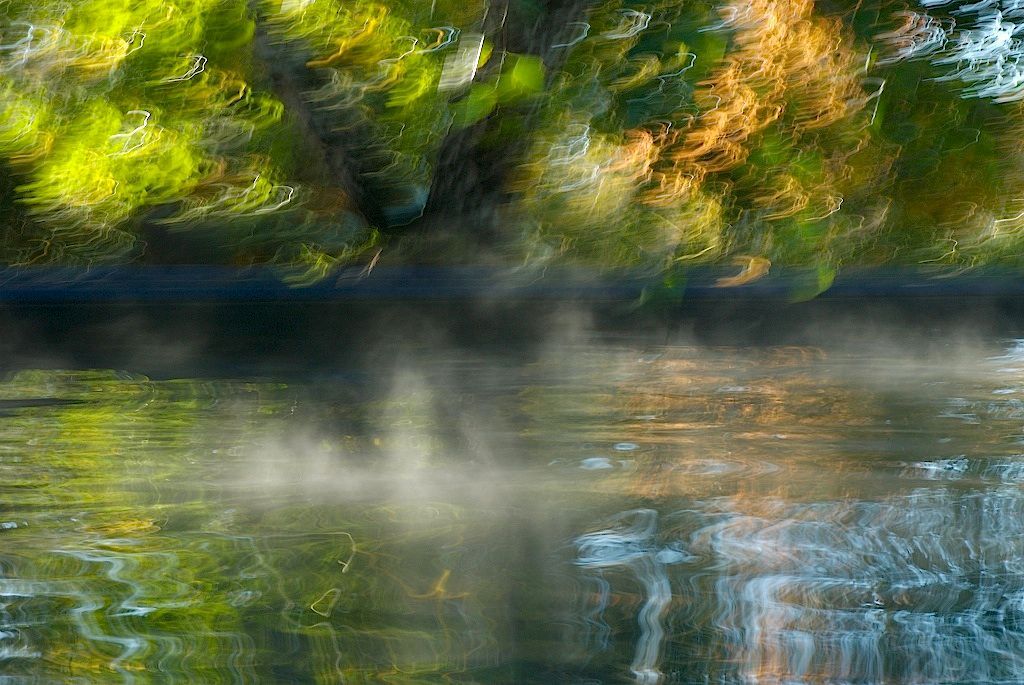
This nostalgia is an evocative feeling that often surfaces in my inner vision experiences as well as in my daily life. The Greeks were wise to combine nostos, ‘homecoming’, and algia, ‘pain’ – these tender nostalgic feelings emerge with a gift of opportunity to address something surfacing from the past, and to re-imagine it into the present. This can become a sublime rendering of an internal echo that is an exquisite reminder ~ or a new revelation ~ of the fullness of Self.
The cadence of my life carries a procession of increasing knowingness and inner intelligence that creates a space inside me that wants to be opened and expanded. This inner wisdom carries a flow that merges with my energy, sculpting a new creation -- for me, and of me -- my unique energetic signature that connects me to that ‘place I know’ in the divinity of the cosmos.

The possibility of a deceptive cadence reminds me that there is always more to experience, to understand, to be awakened as a new motif modifies the melody of my life. Perhaps, as CS Lewis suggested, I will be ‘surprised by joy’ ... as I dwell in that liminal space, the threshold of beginnings, where the noble chaos of life cradles me. It is in that fertile nexus where I may gather together all the ephemeral images of my inter-generational ‘selves’ --past, present and future -- as they permeate through the porosity in the veil of separation, weaving my inner connections and expanding yet another layer of my experience of Self.
My creation of Grace Notes (above) is a further expansion of this theme, with new angles and layers of awareness emerging through the weaving of words and images in my Visual Echoes, or in an expanding sense of rich interiority through the images of Wabi Sabi.
The mystics tell us that God hid the light of Creation in the world for us to see, and this embedded light offers us a chance for awareness, for self-reflection, and for redemption.
This promise might encourage us to continue our journey into the metaphysical, to see ‘with new eyes’ ... to follow the invitation of physicist-philosopher Richard Feynman to leave the door to the unknown ajar ... to follow the cadence embedded in this lifetime and to step at will, responding to each invitation, each spark or impulse being revealed ... to rejoice in life, and to allow ourselves to be seduced even further into the beauty of the seen and the unseen worlds, so full of potentiality ... of possibility.

Images by Courtney Milne

